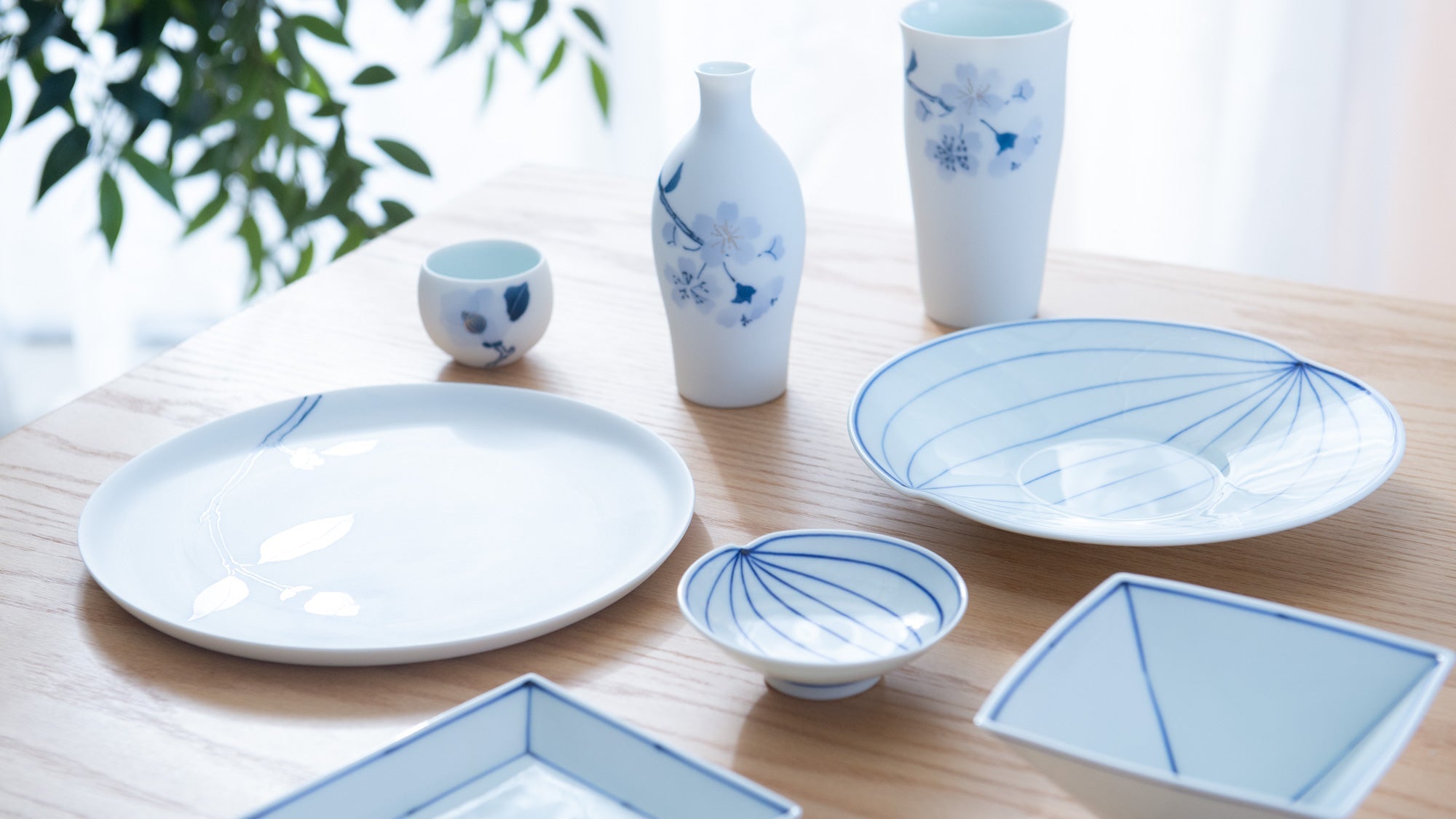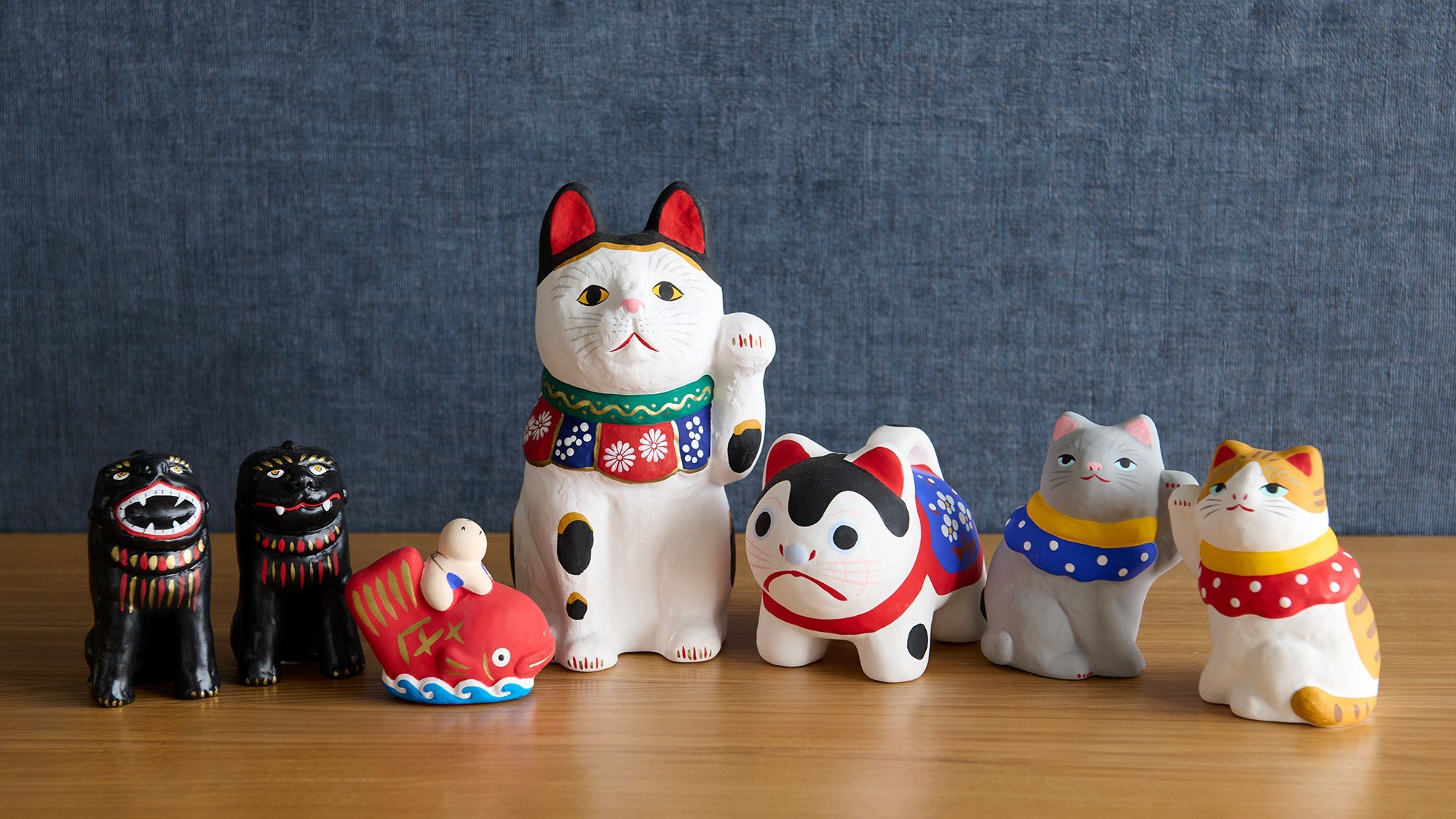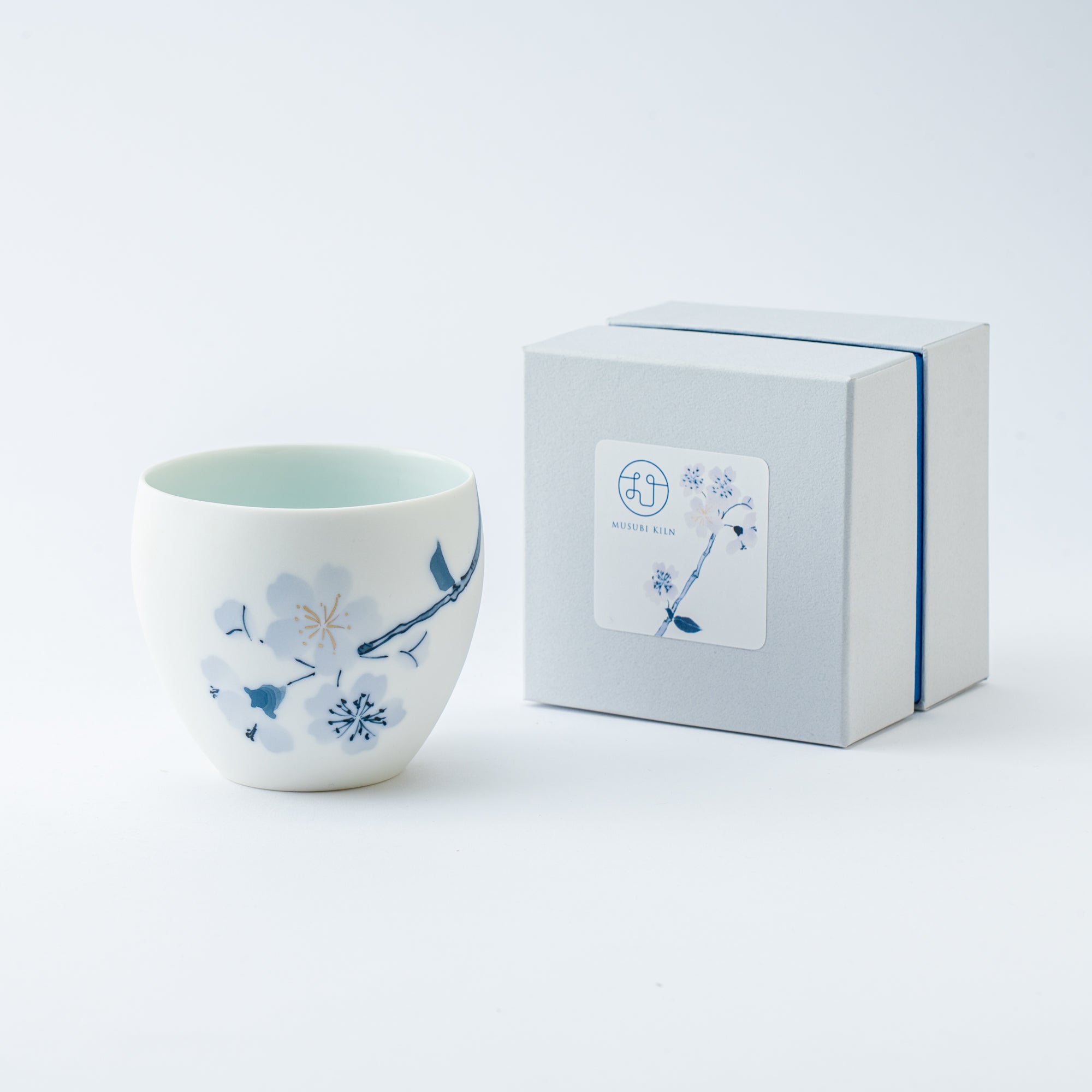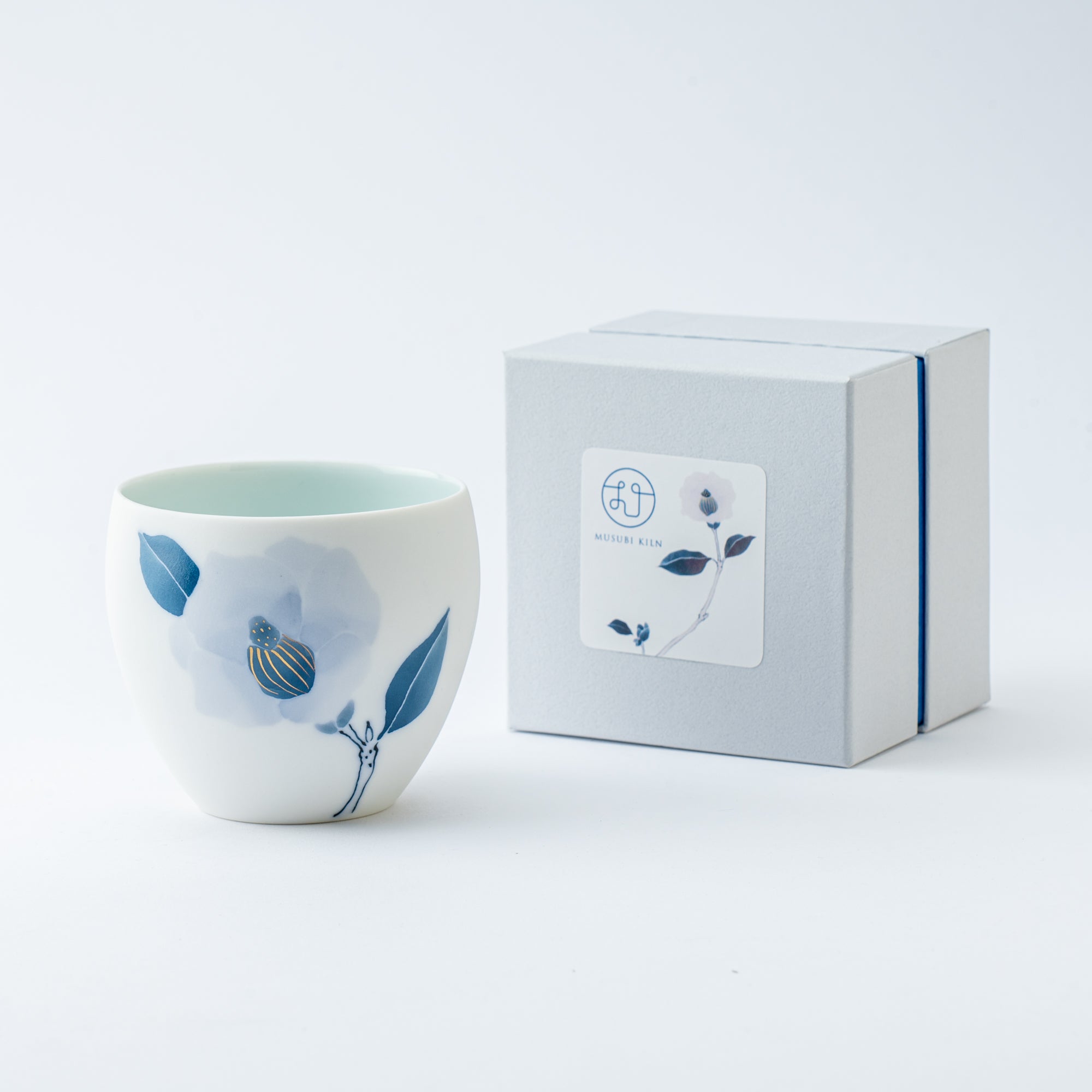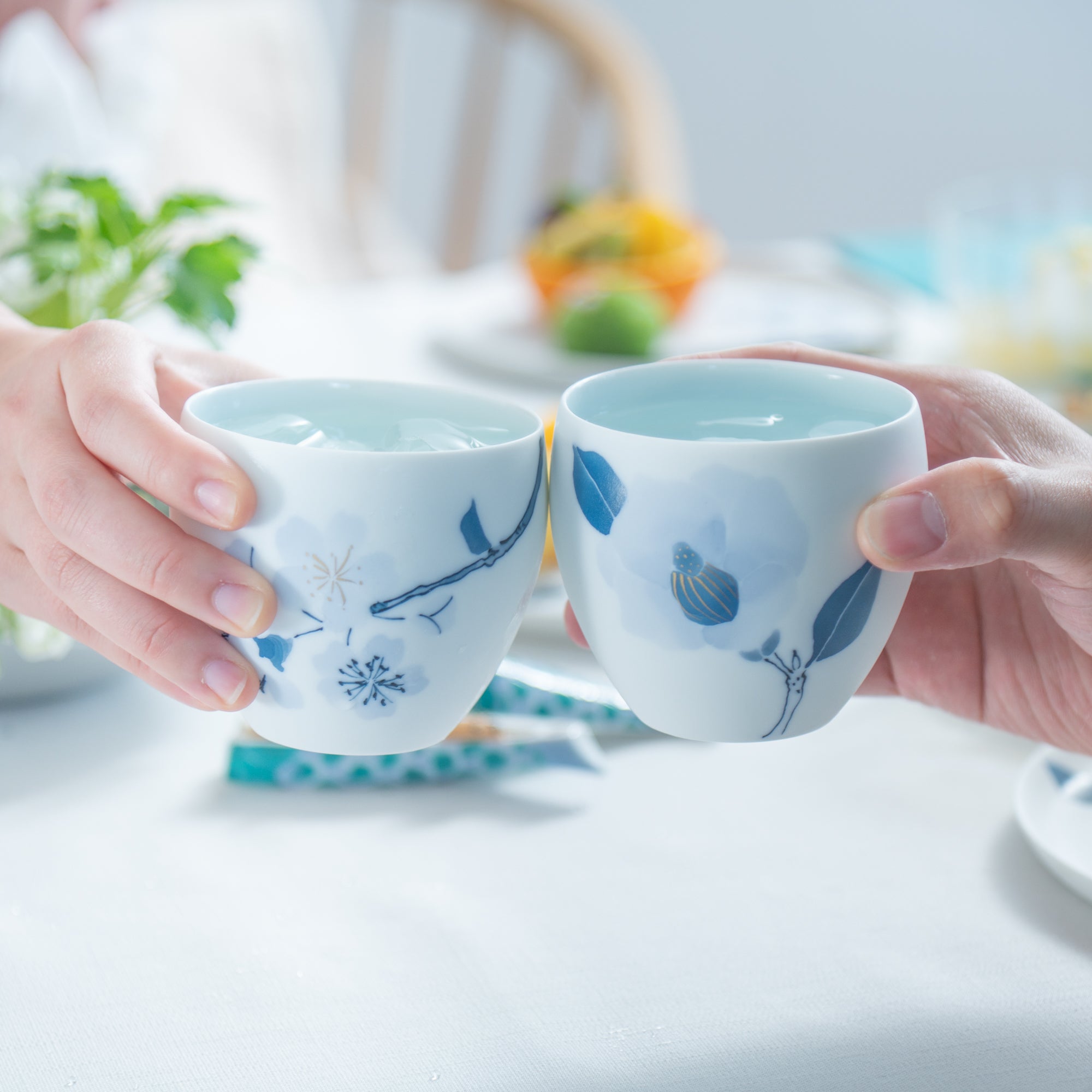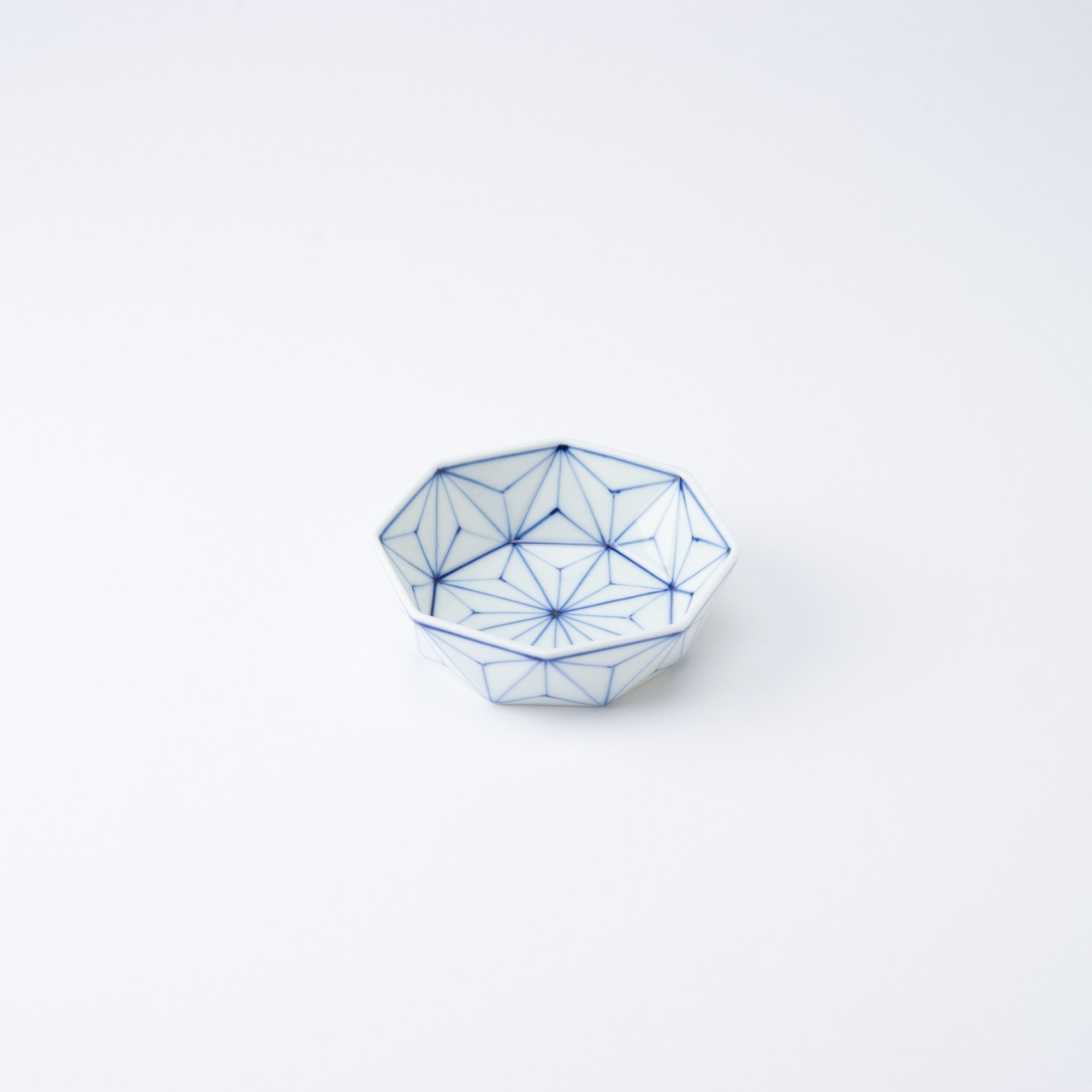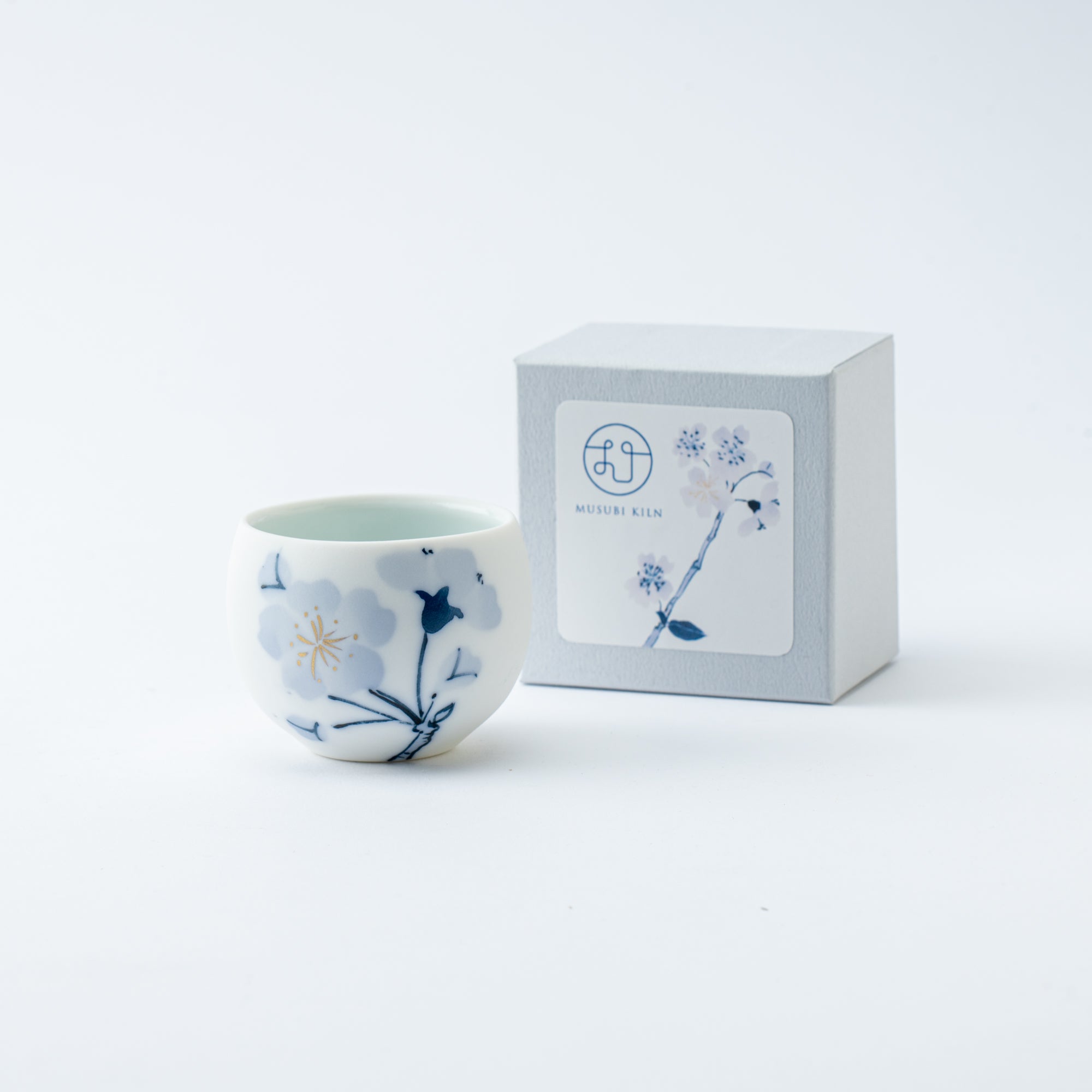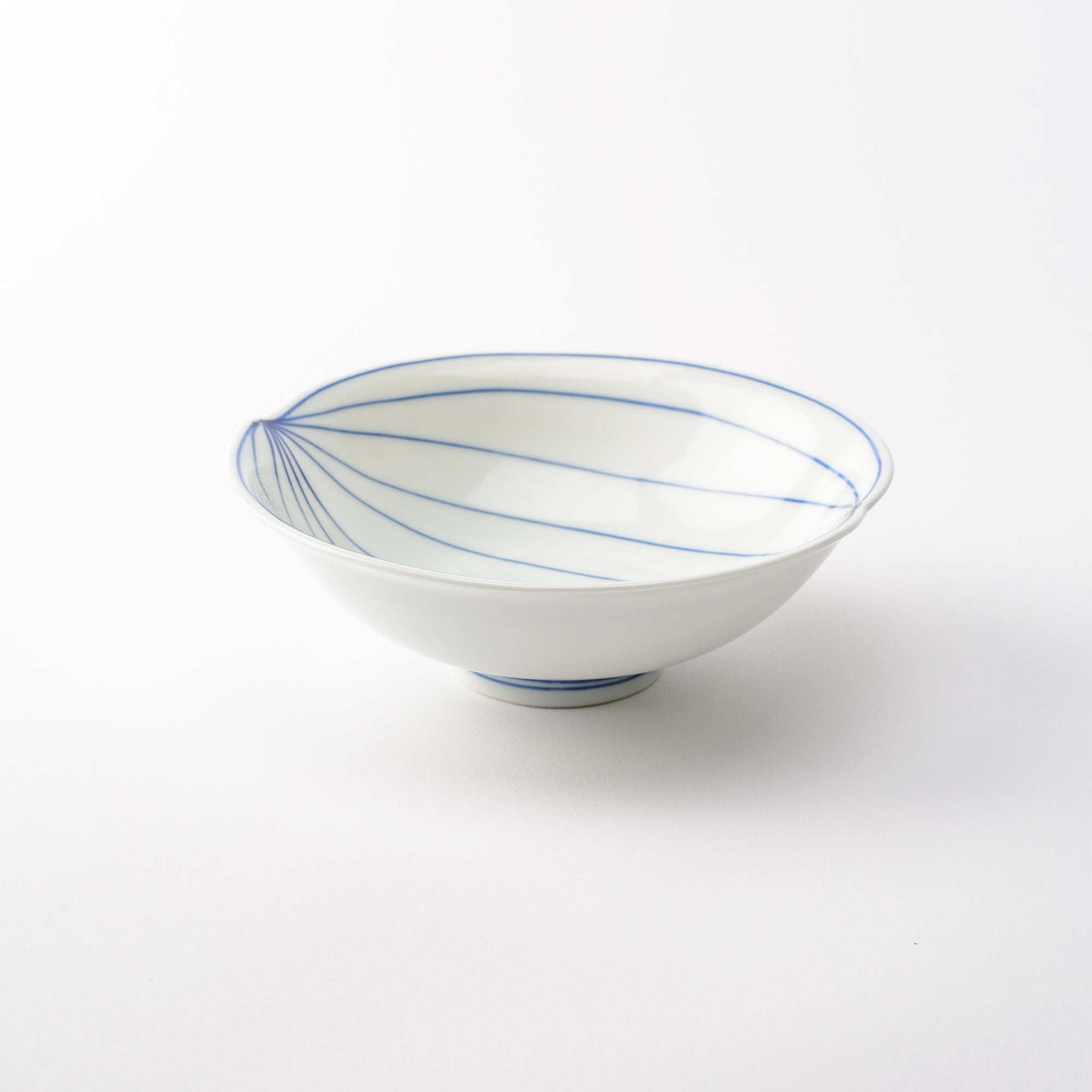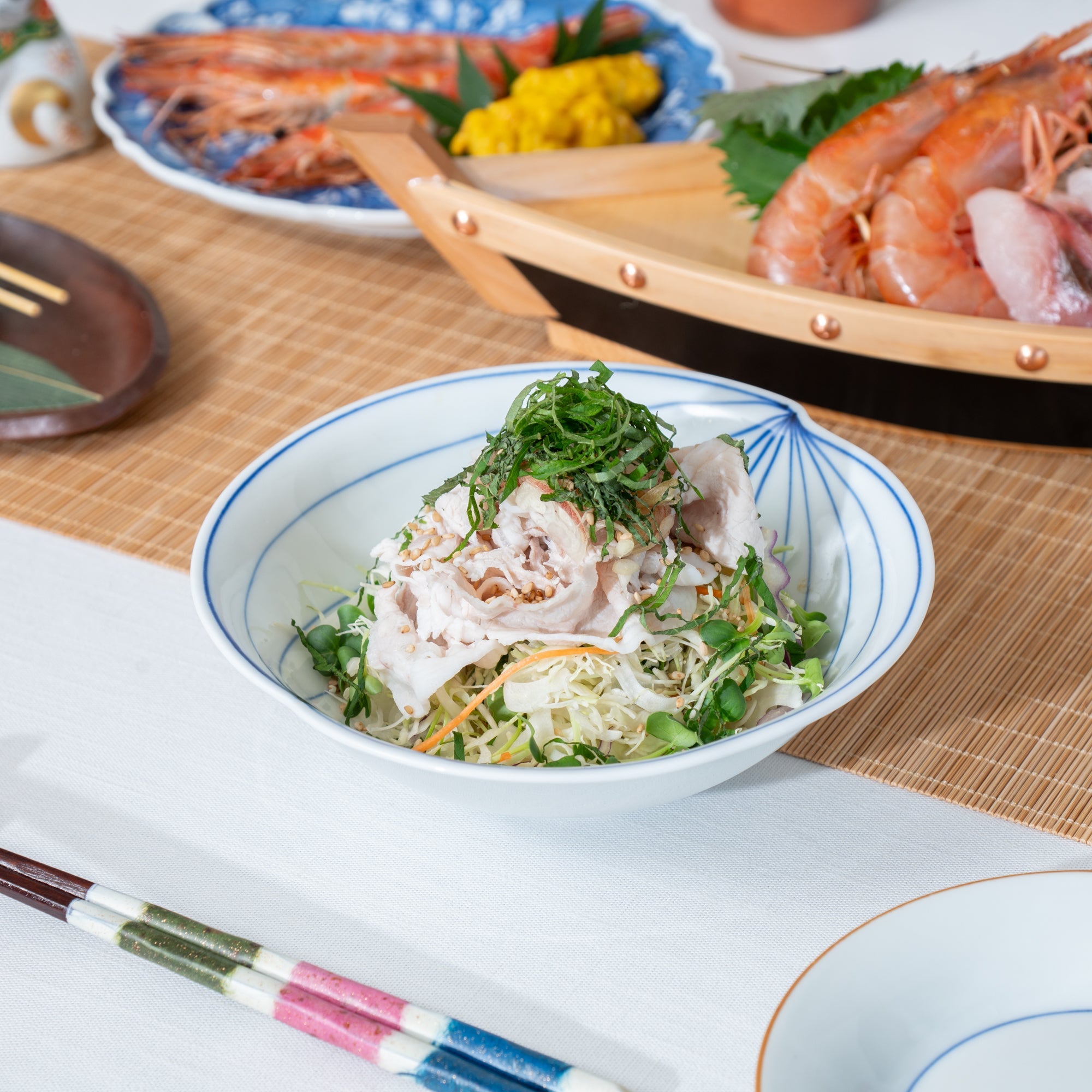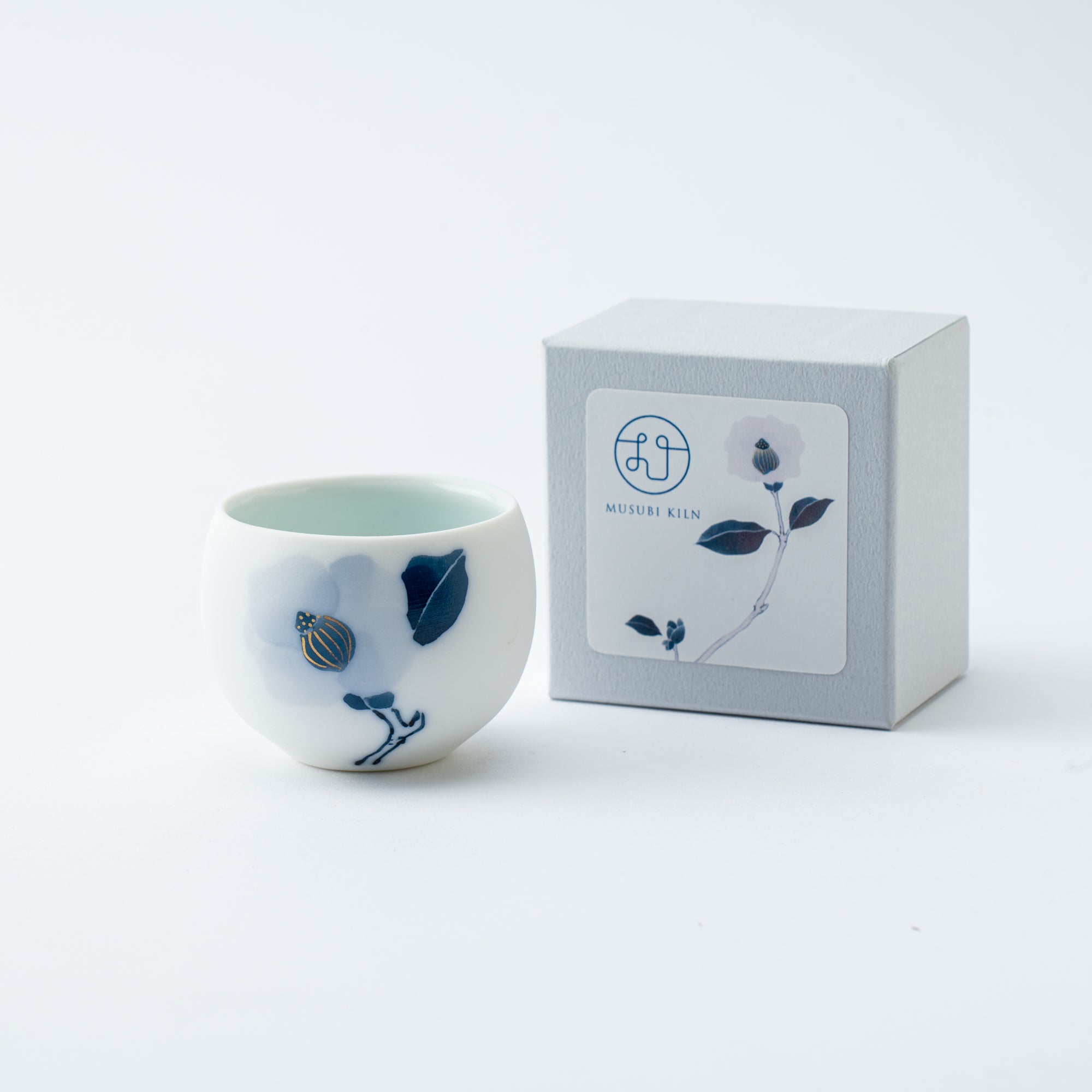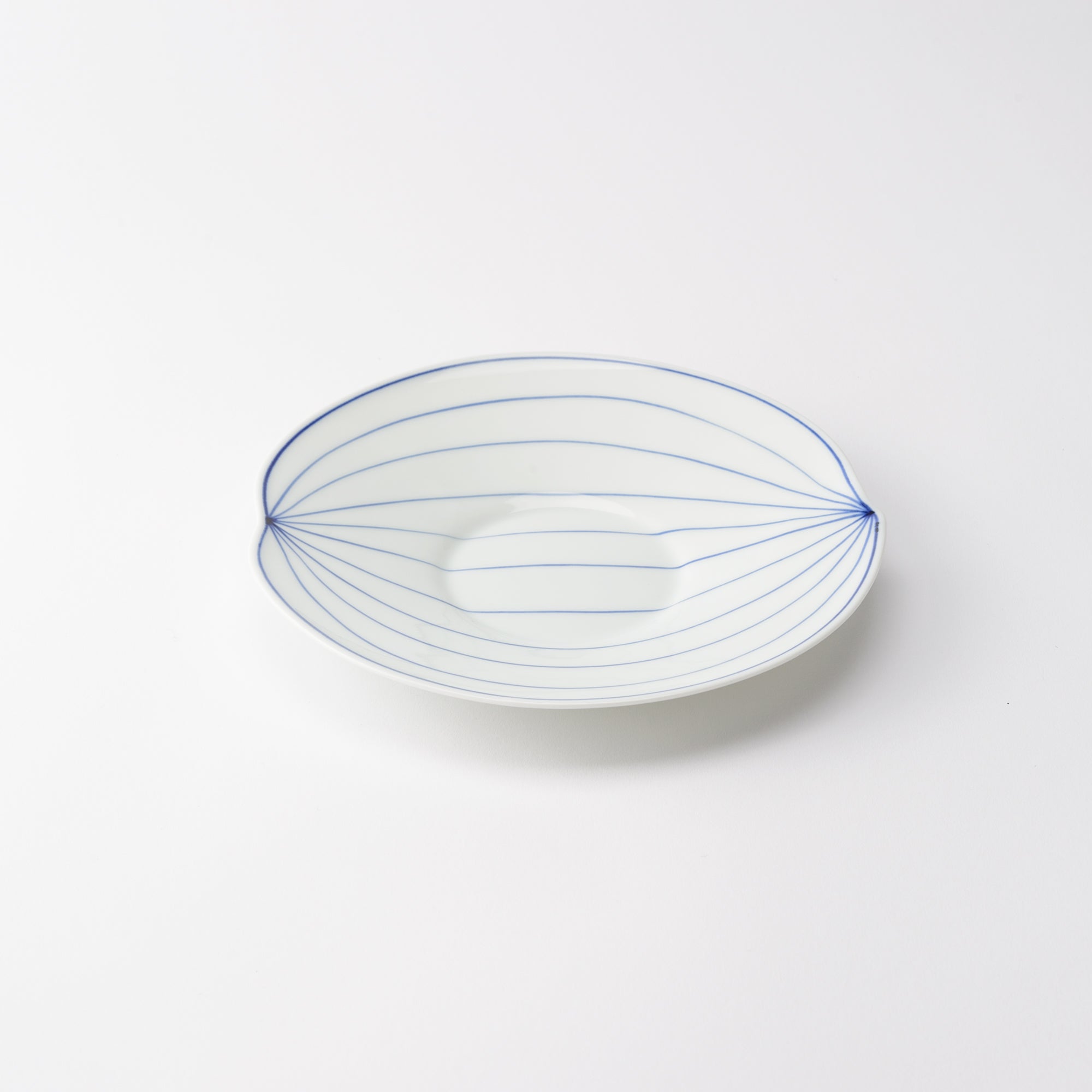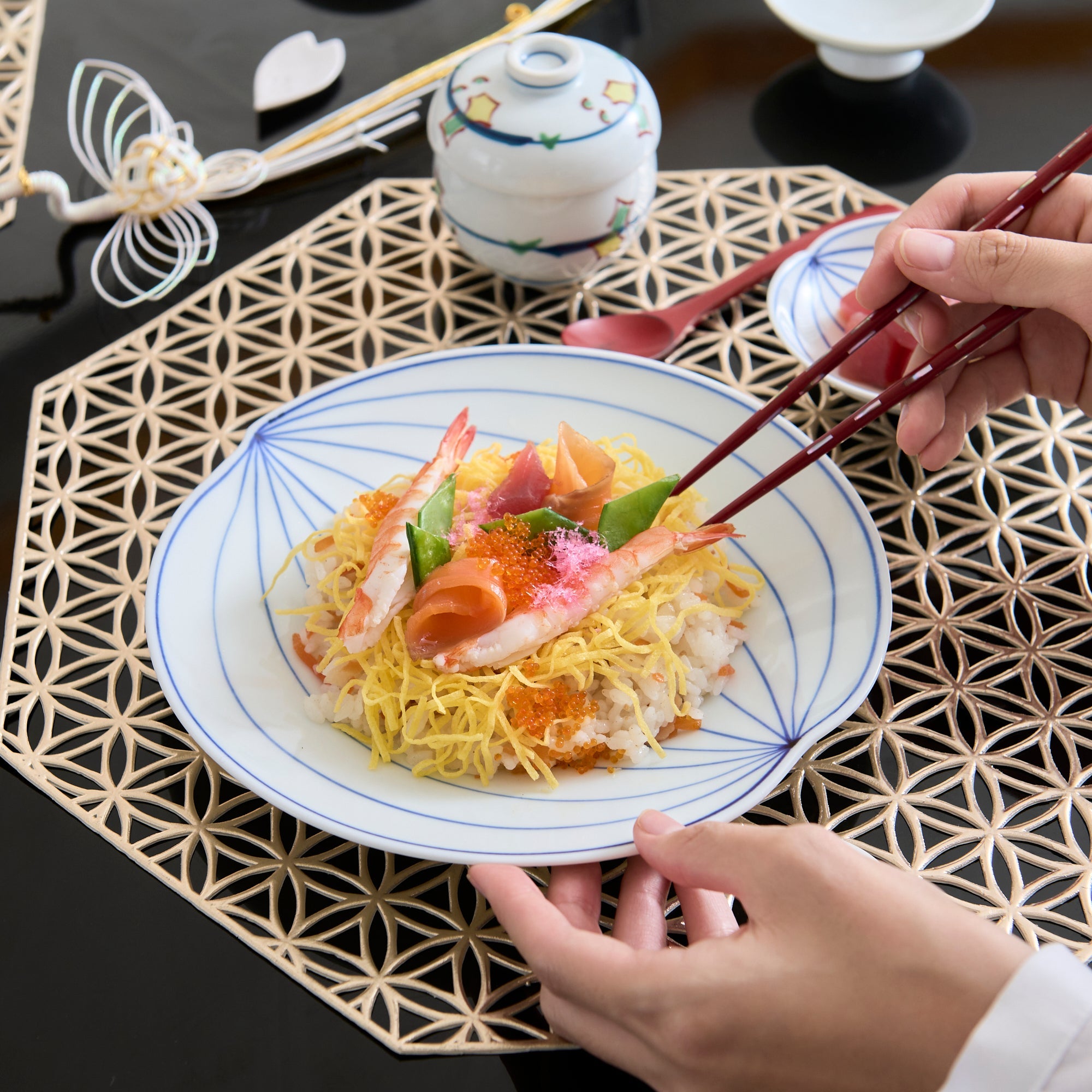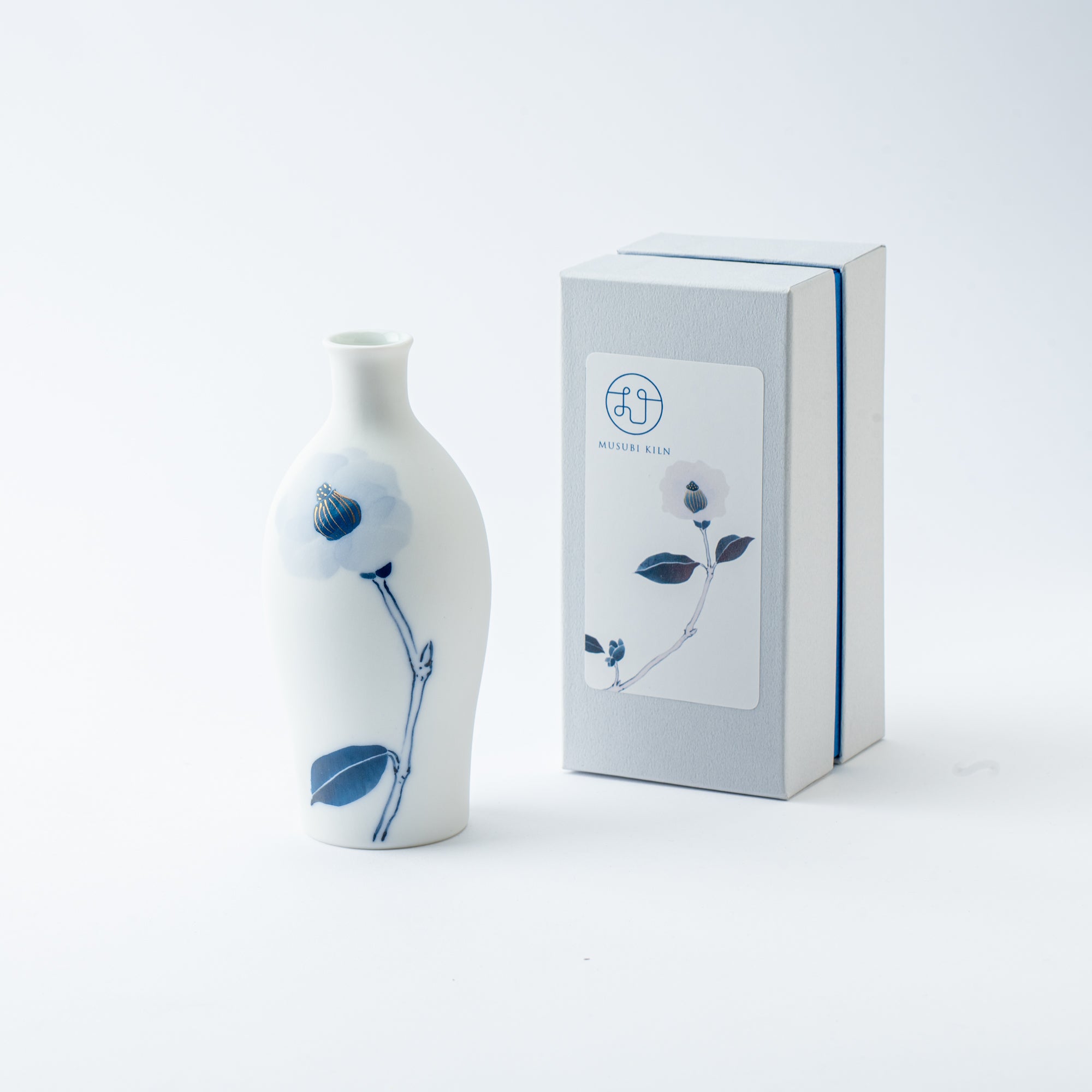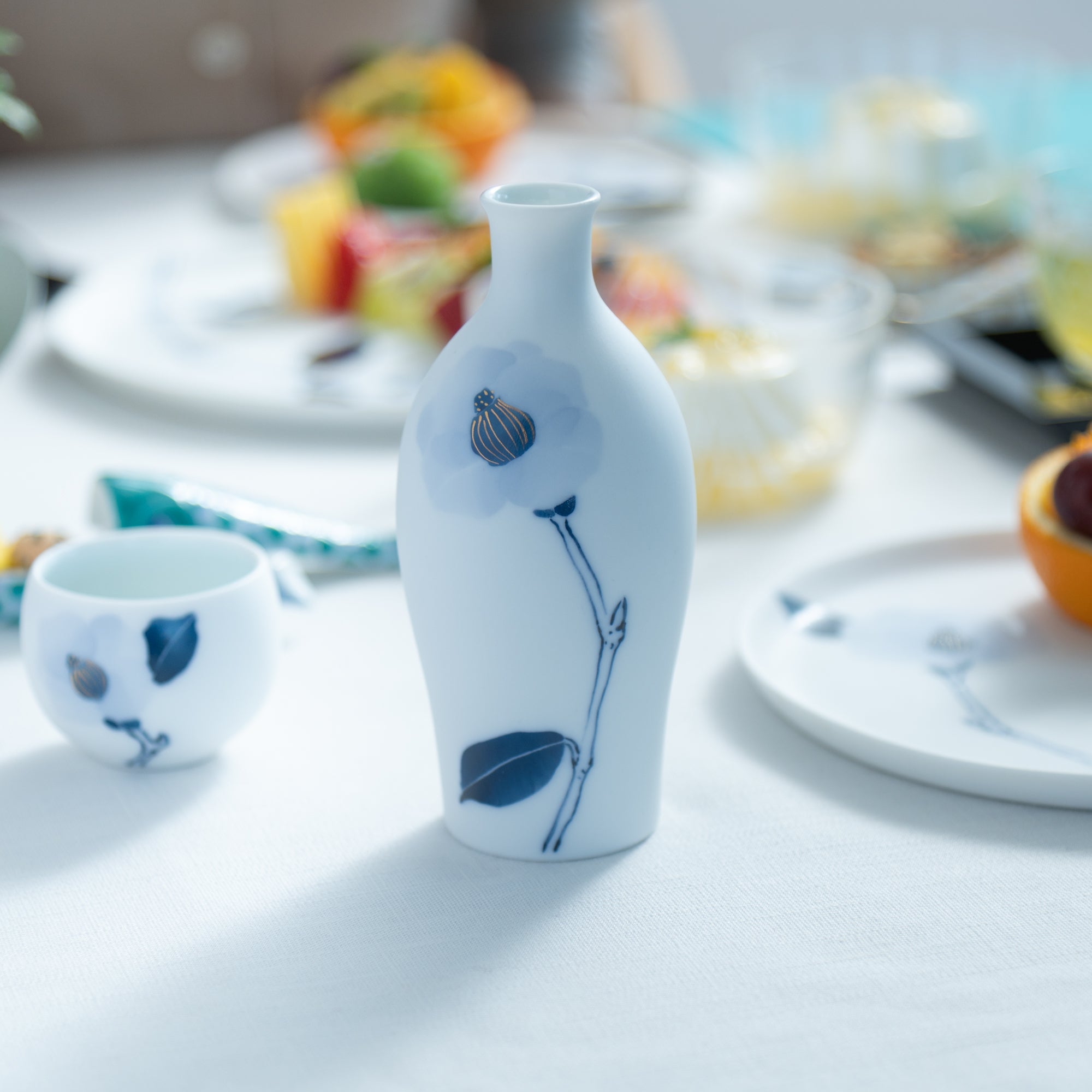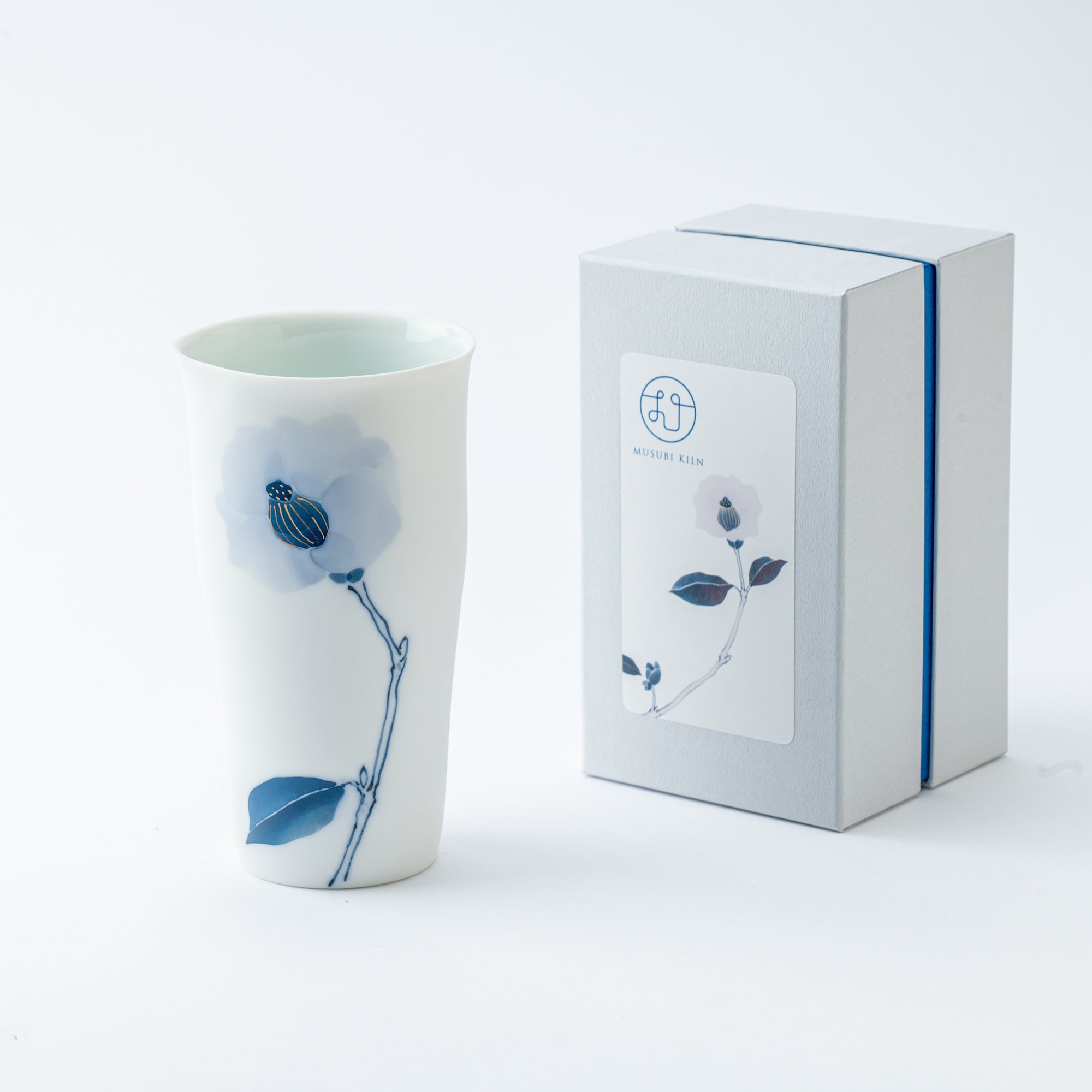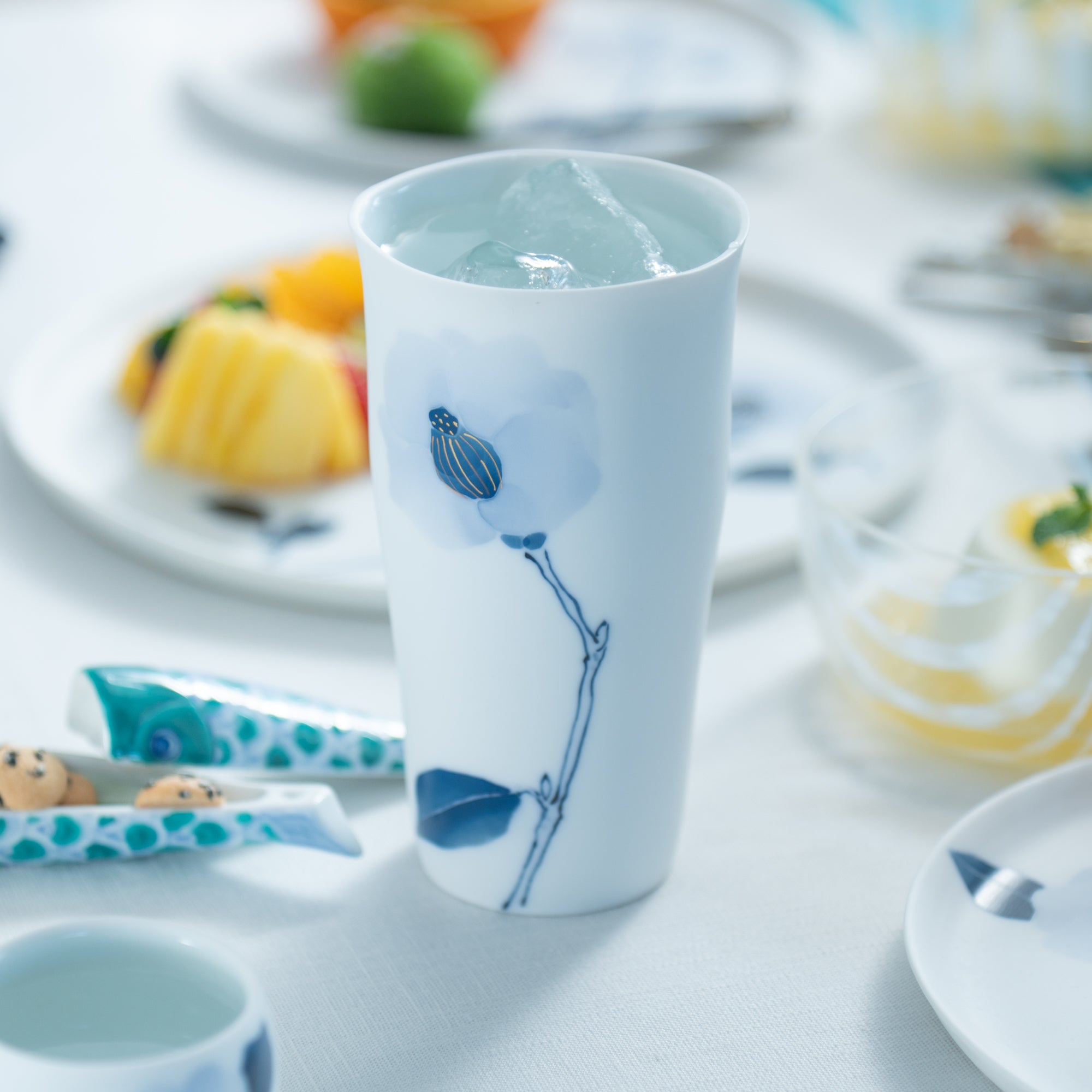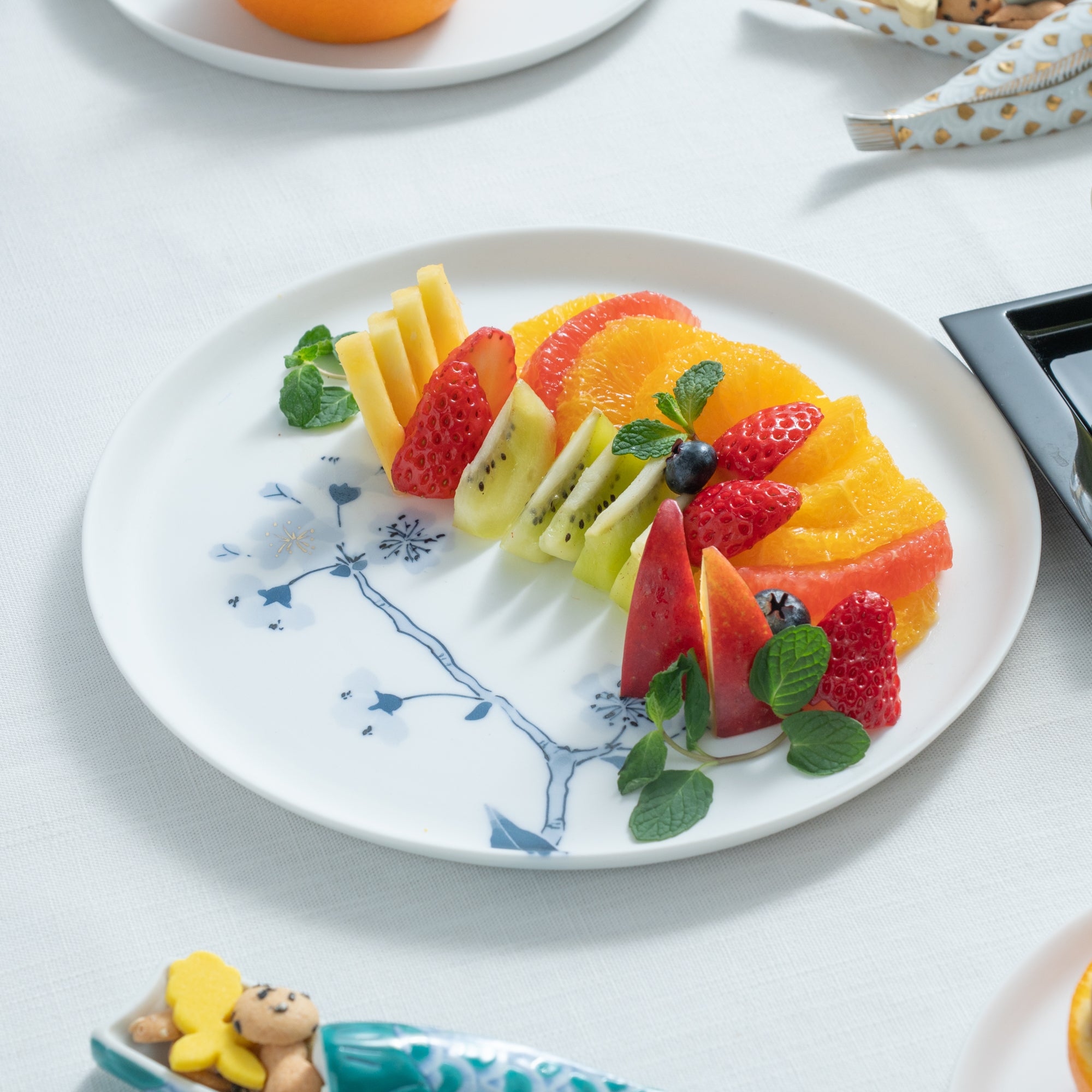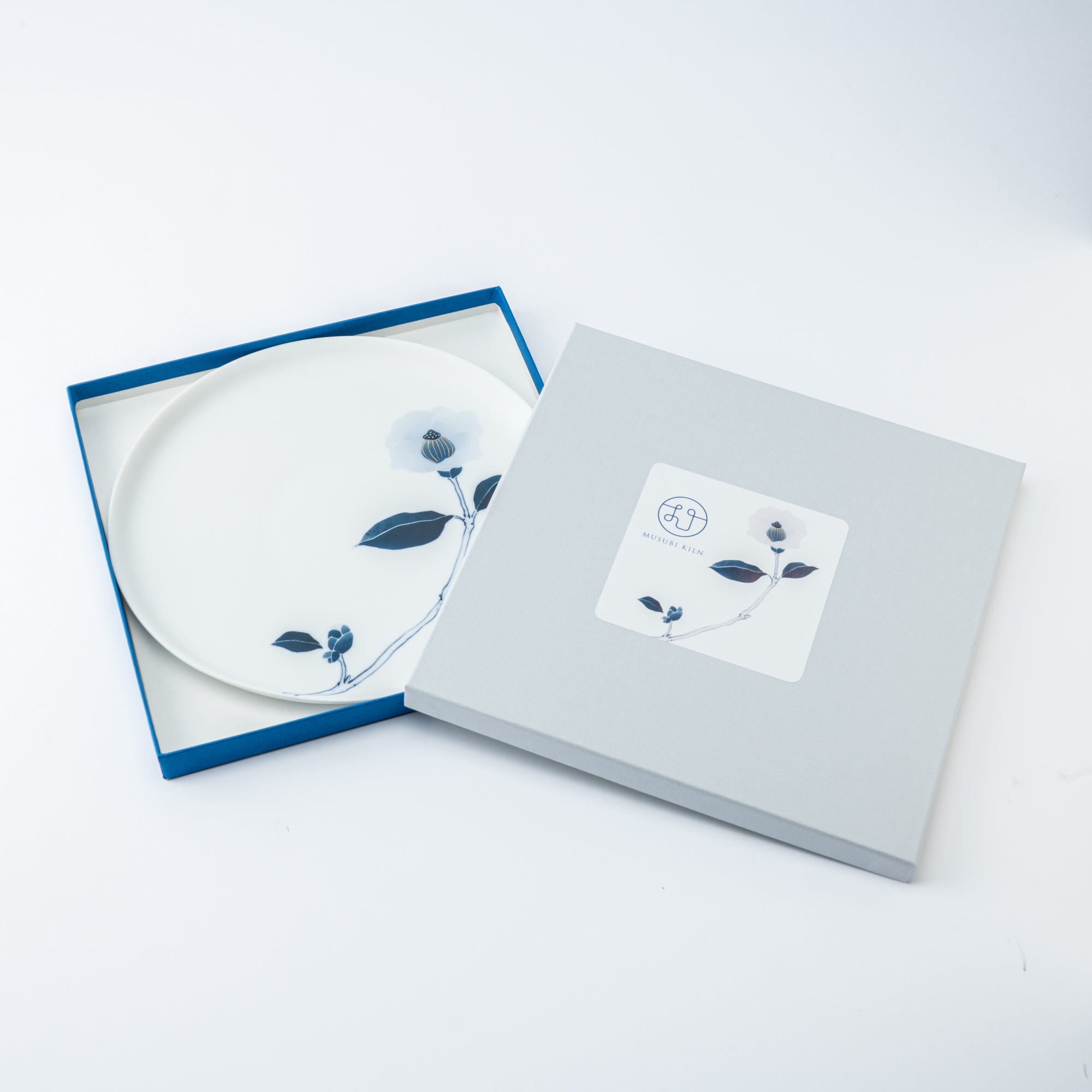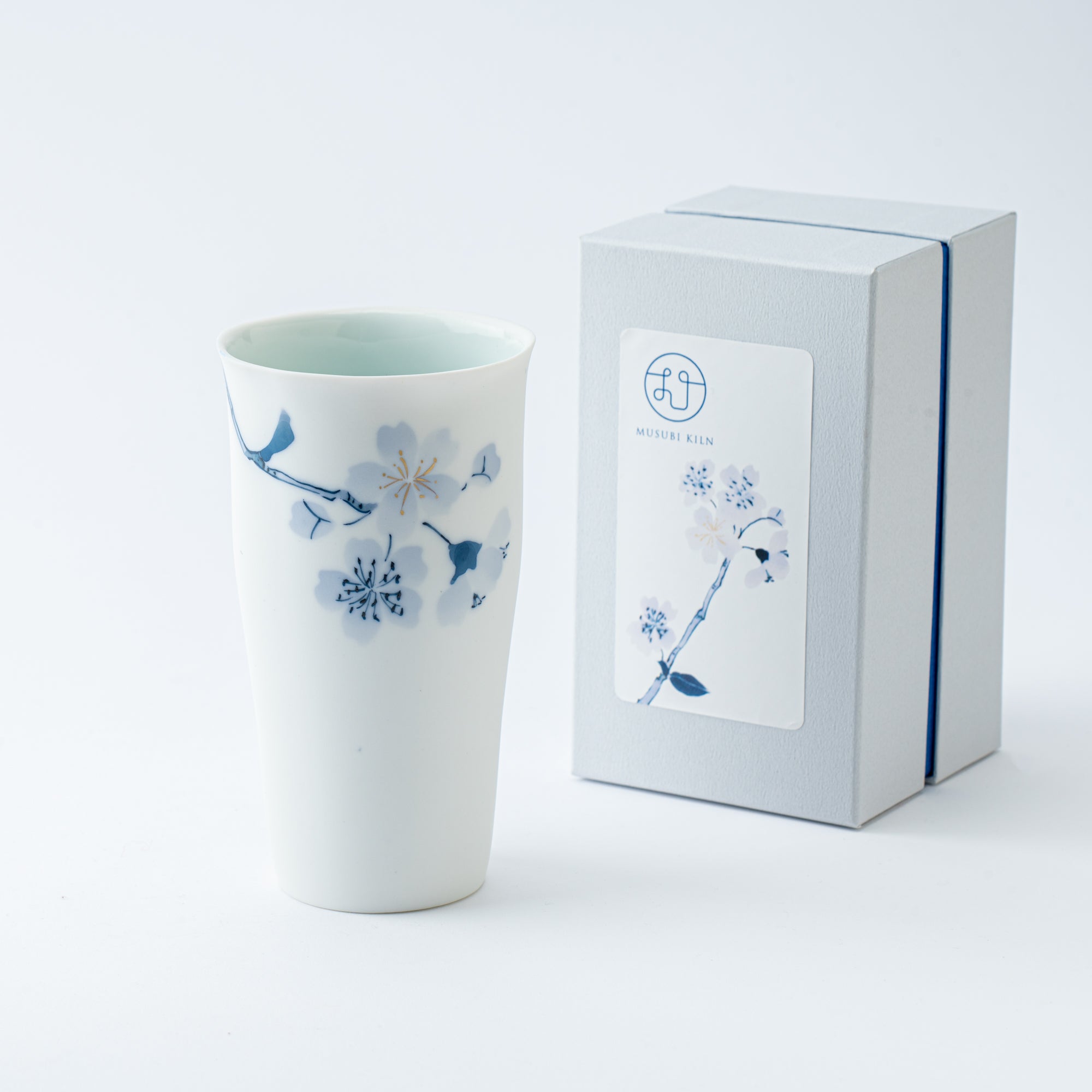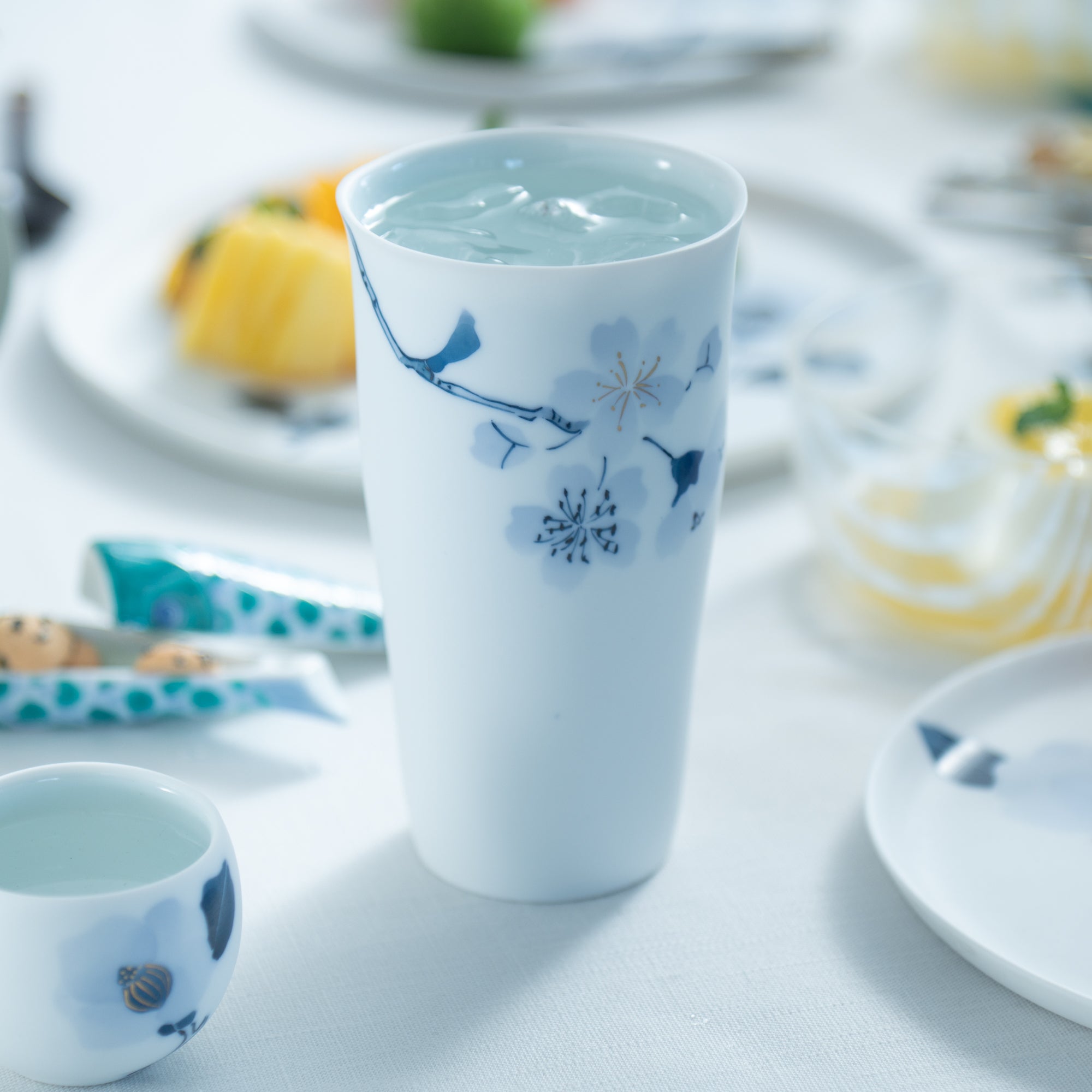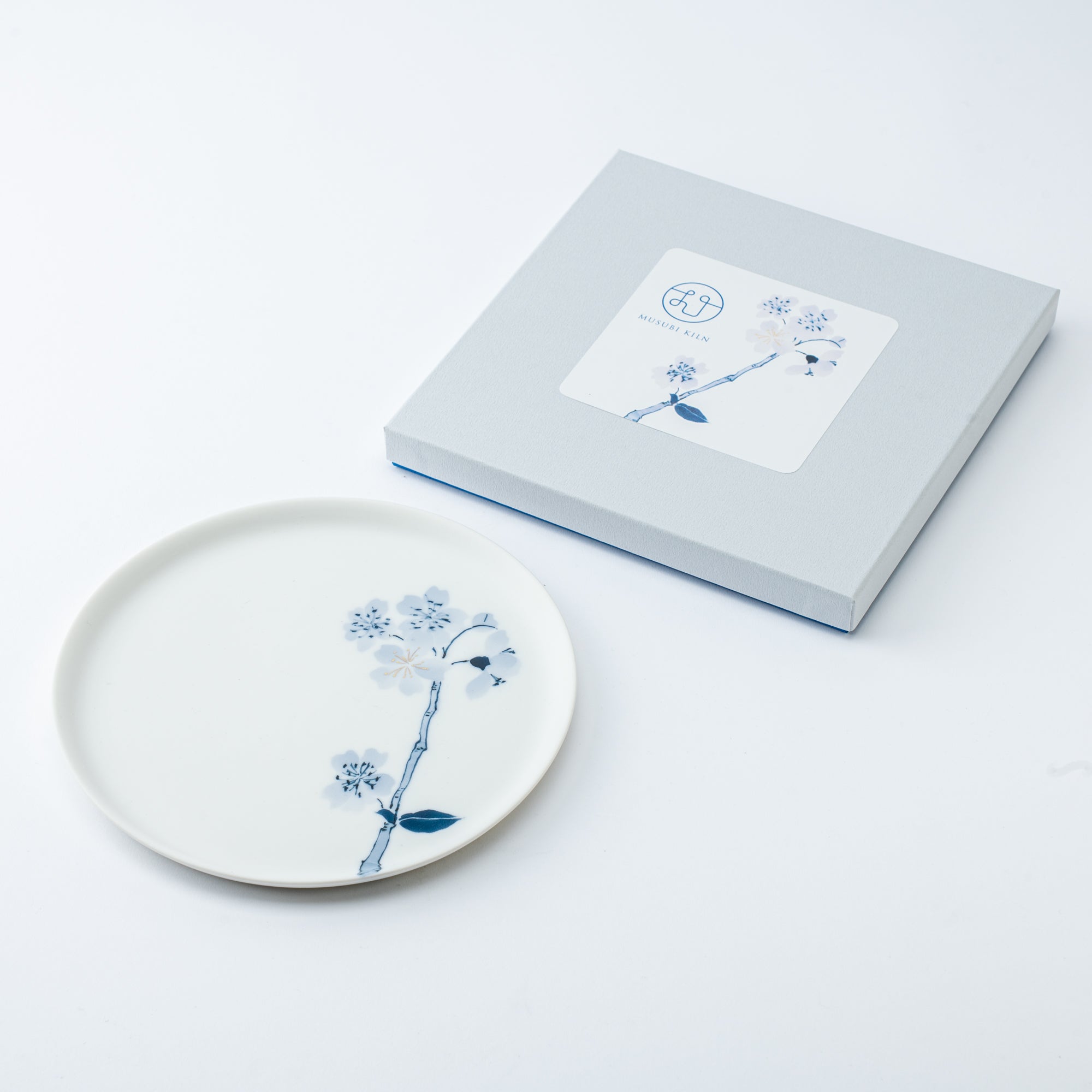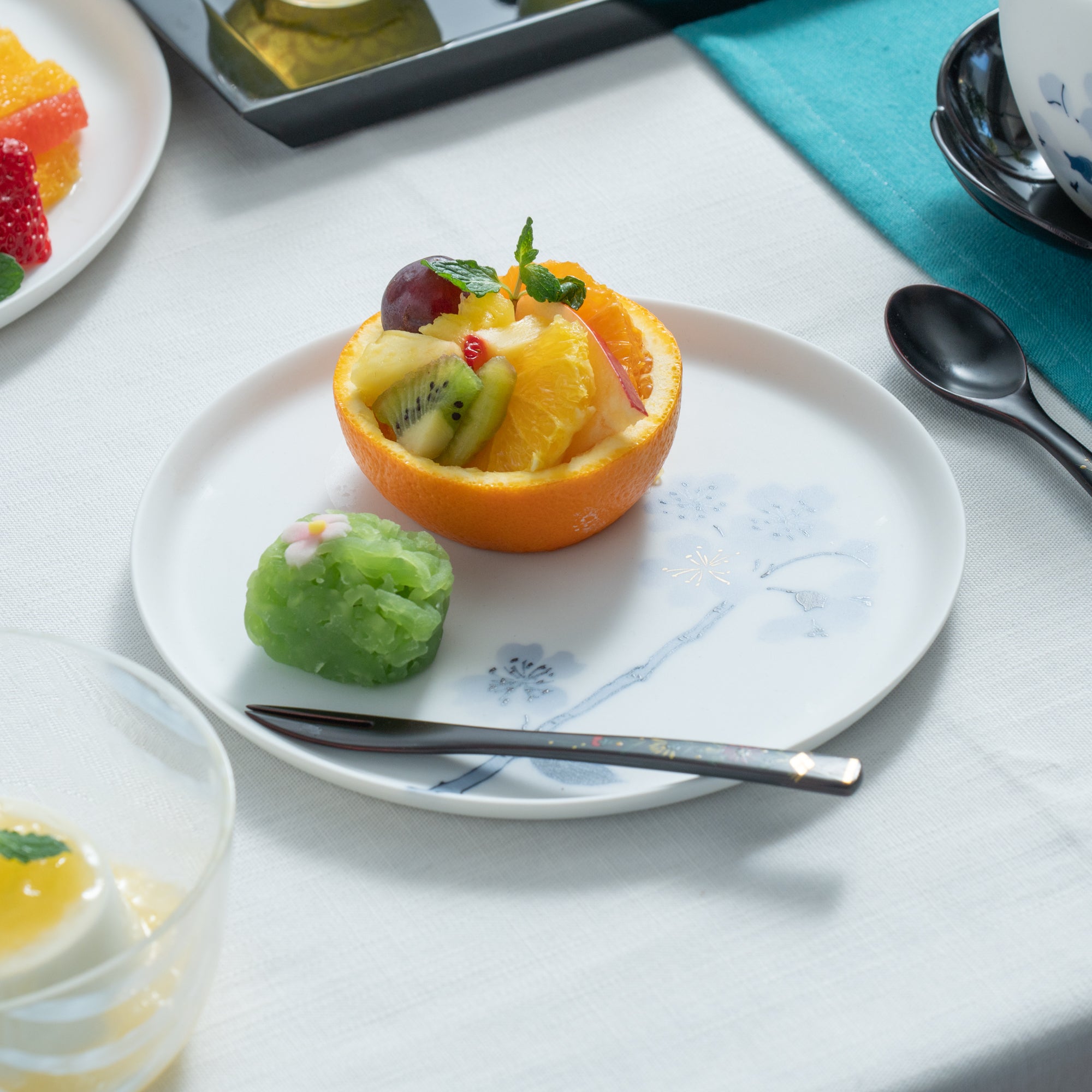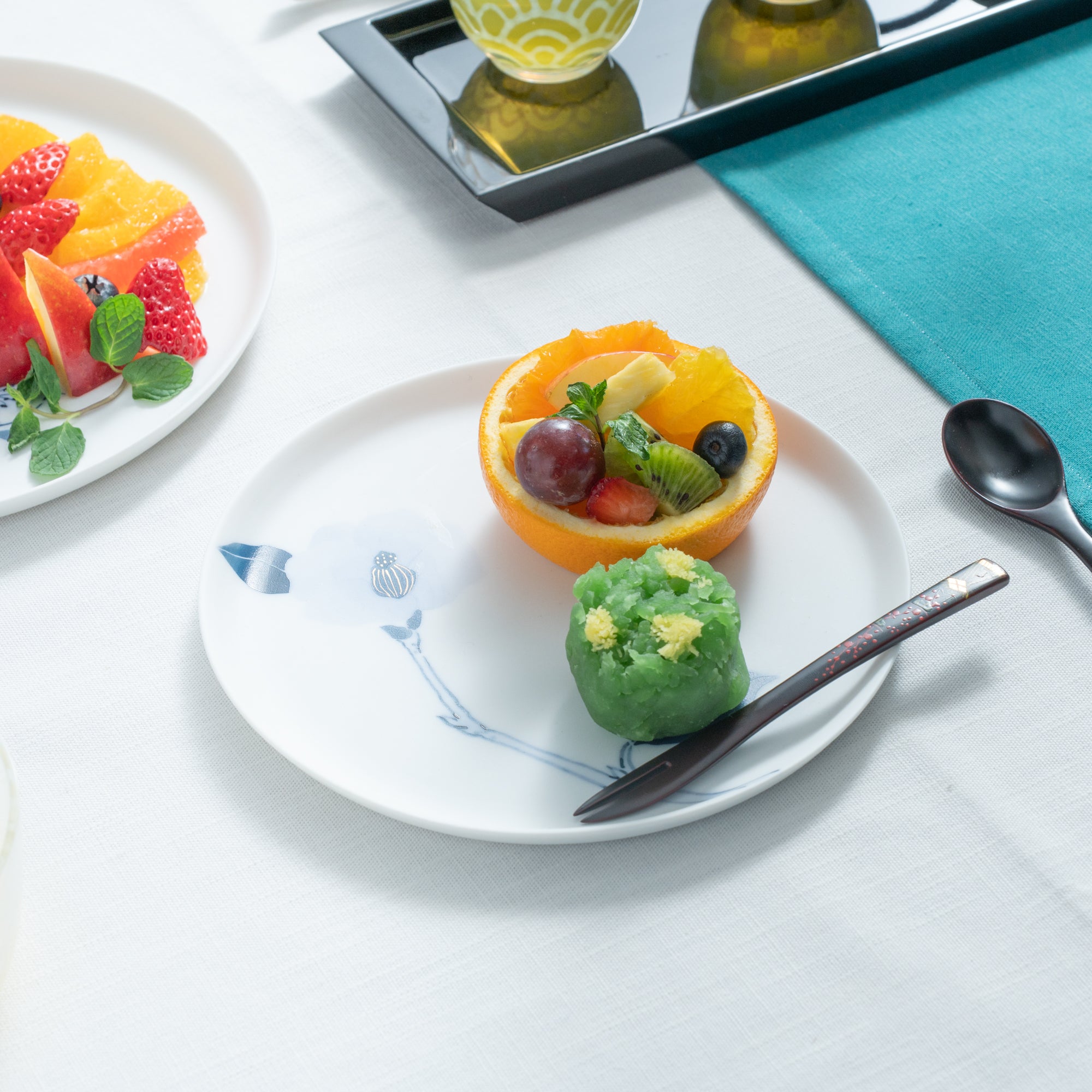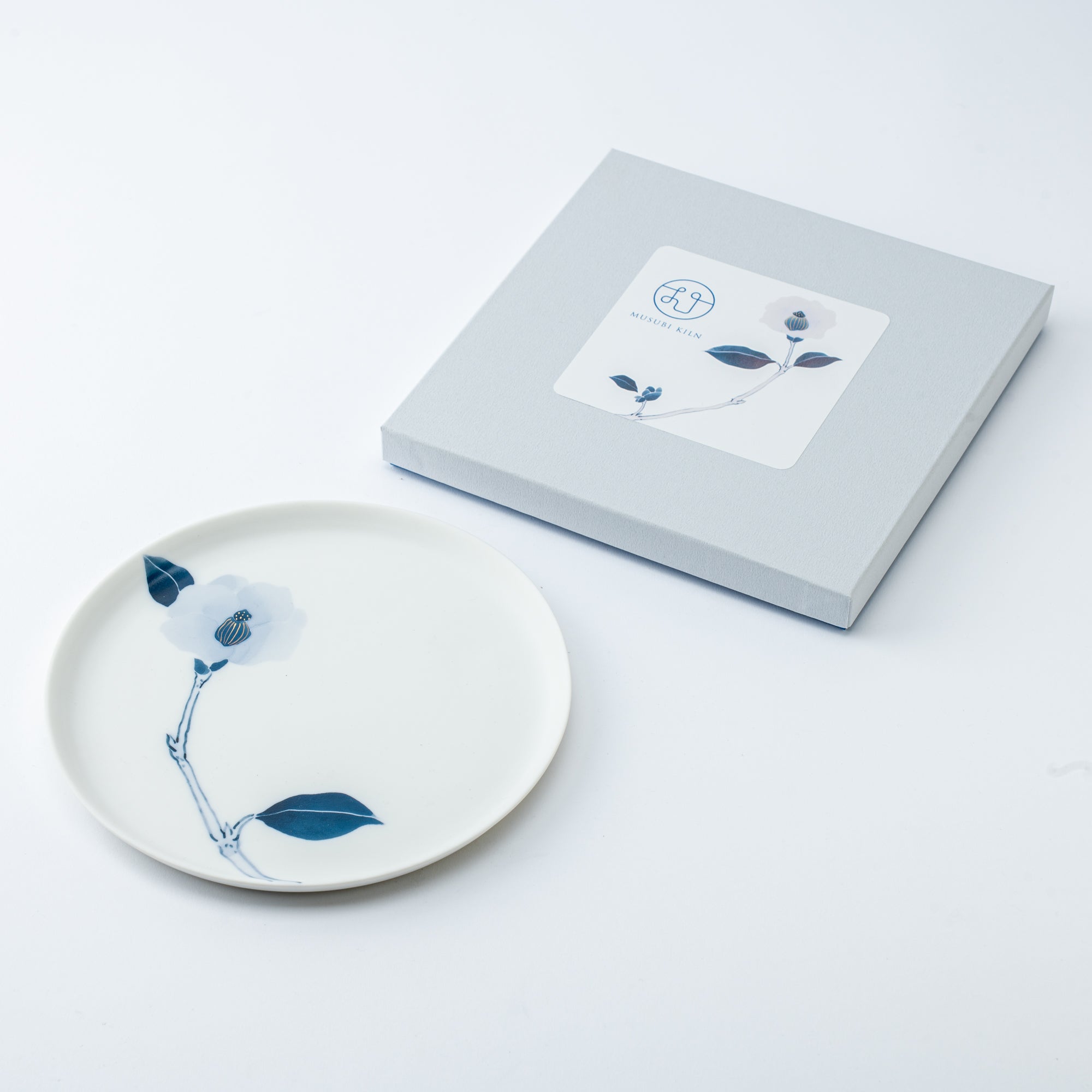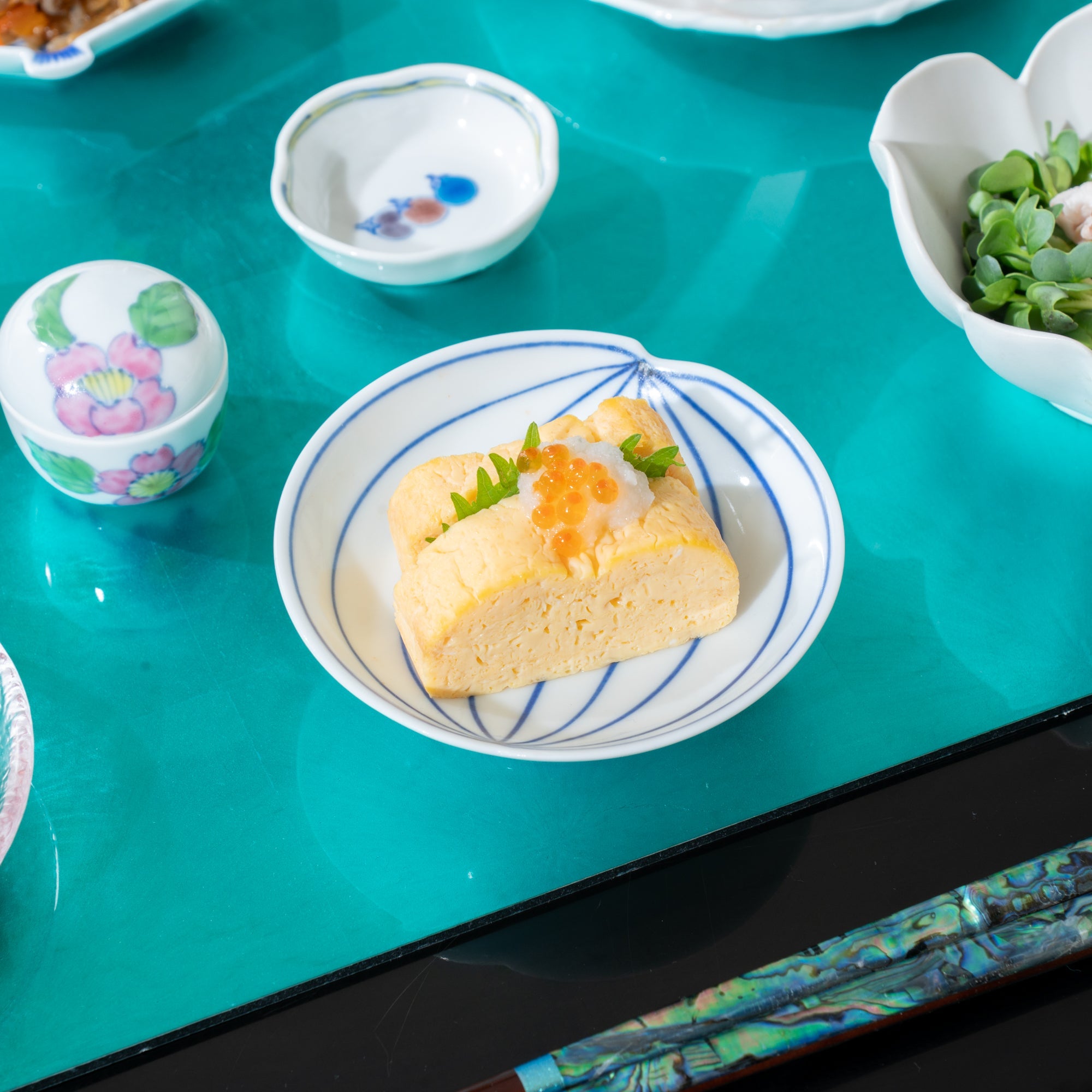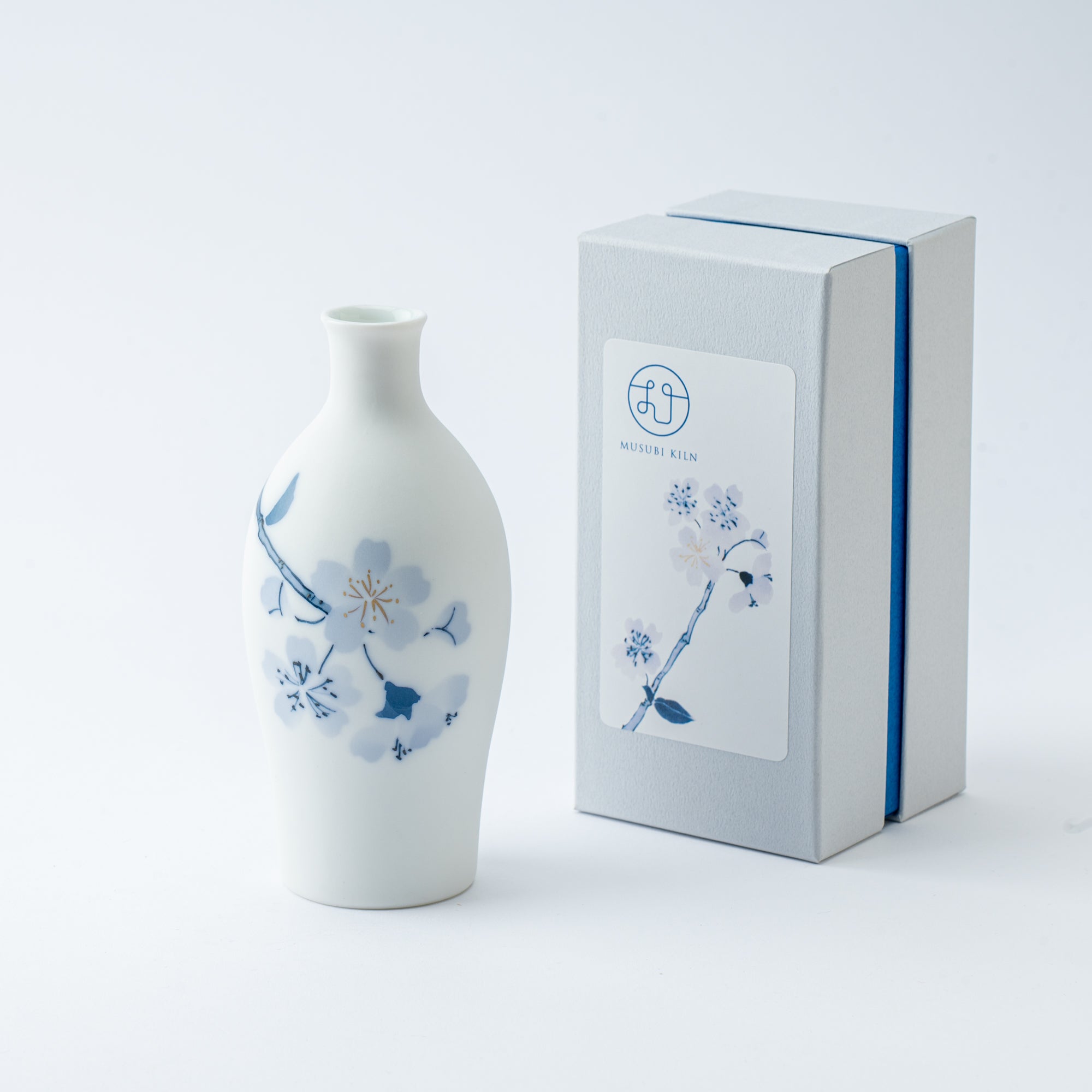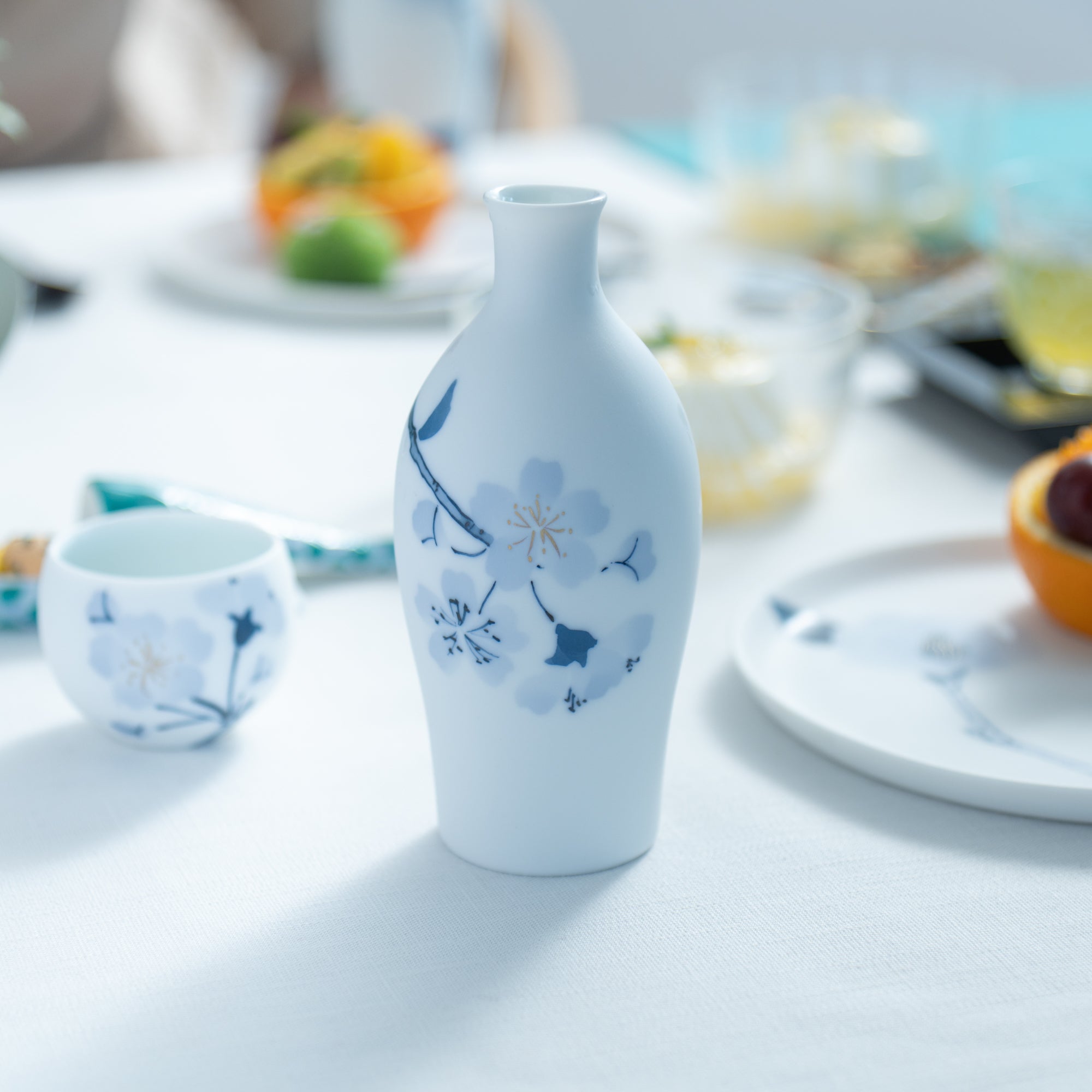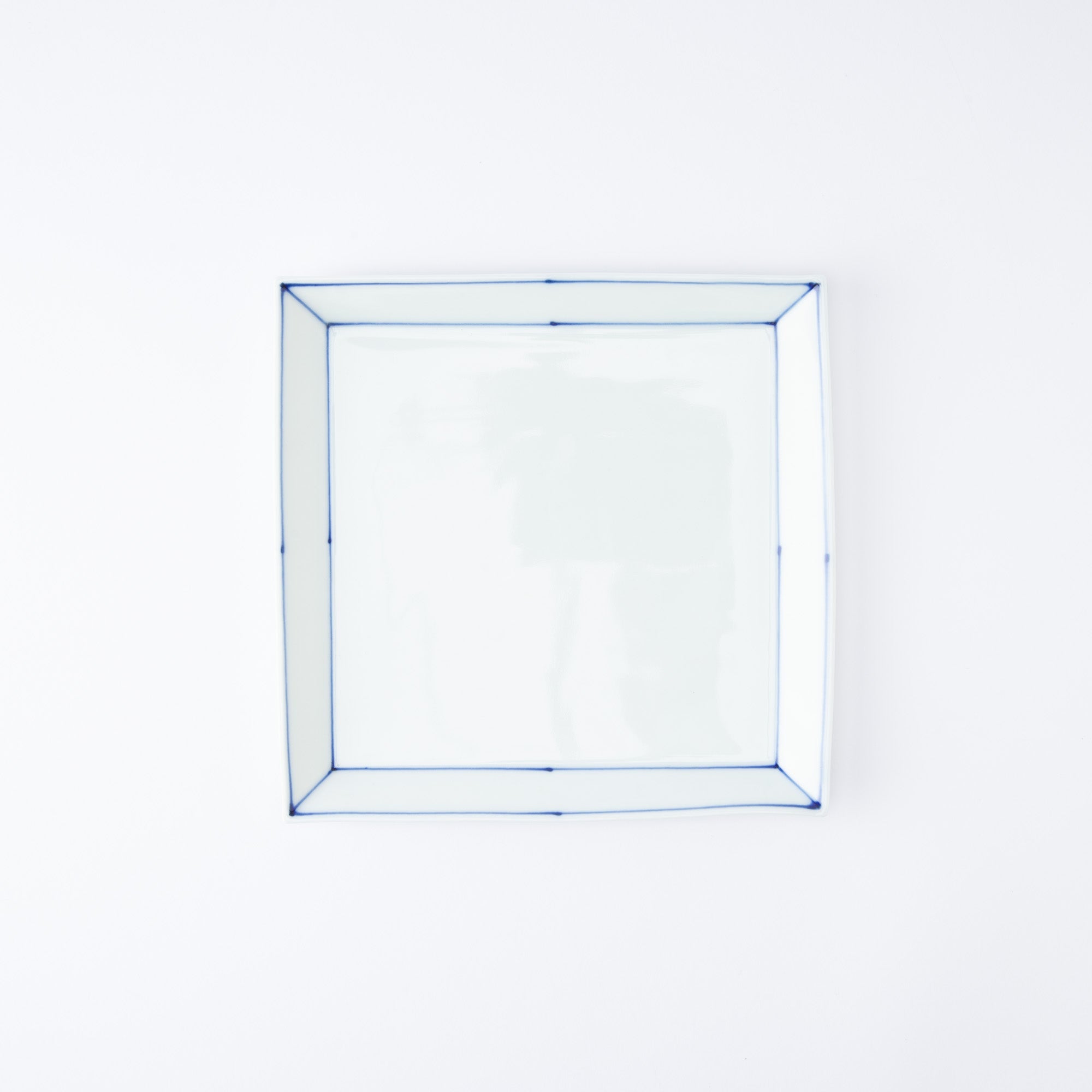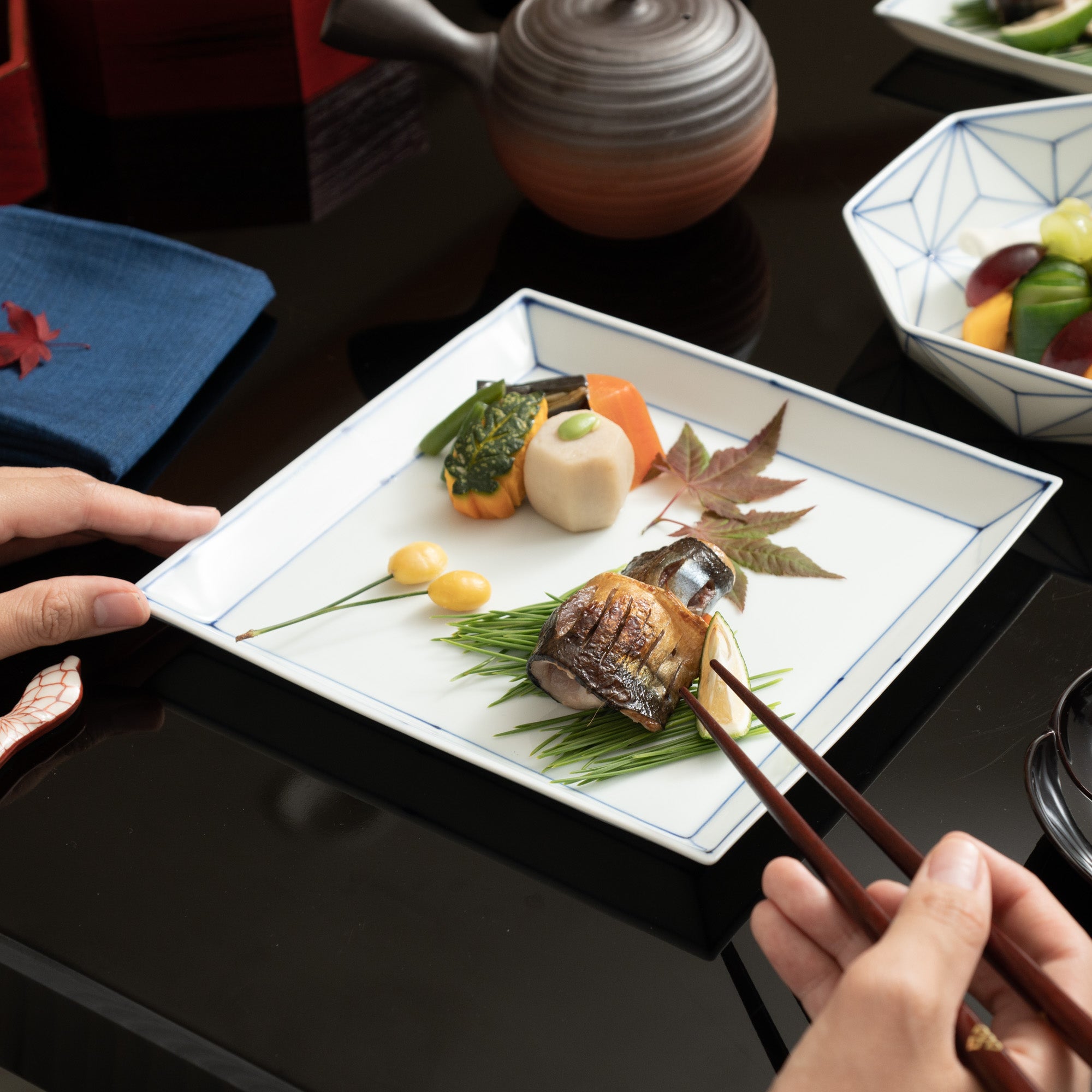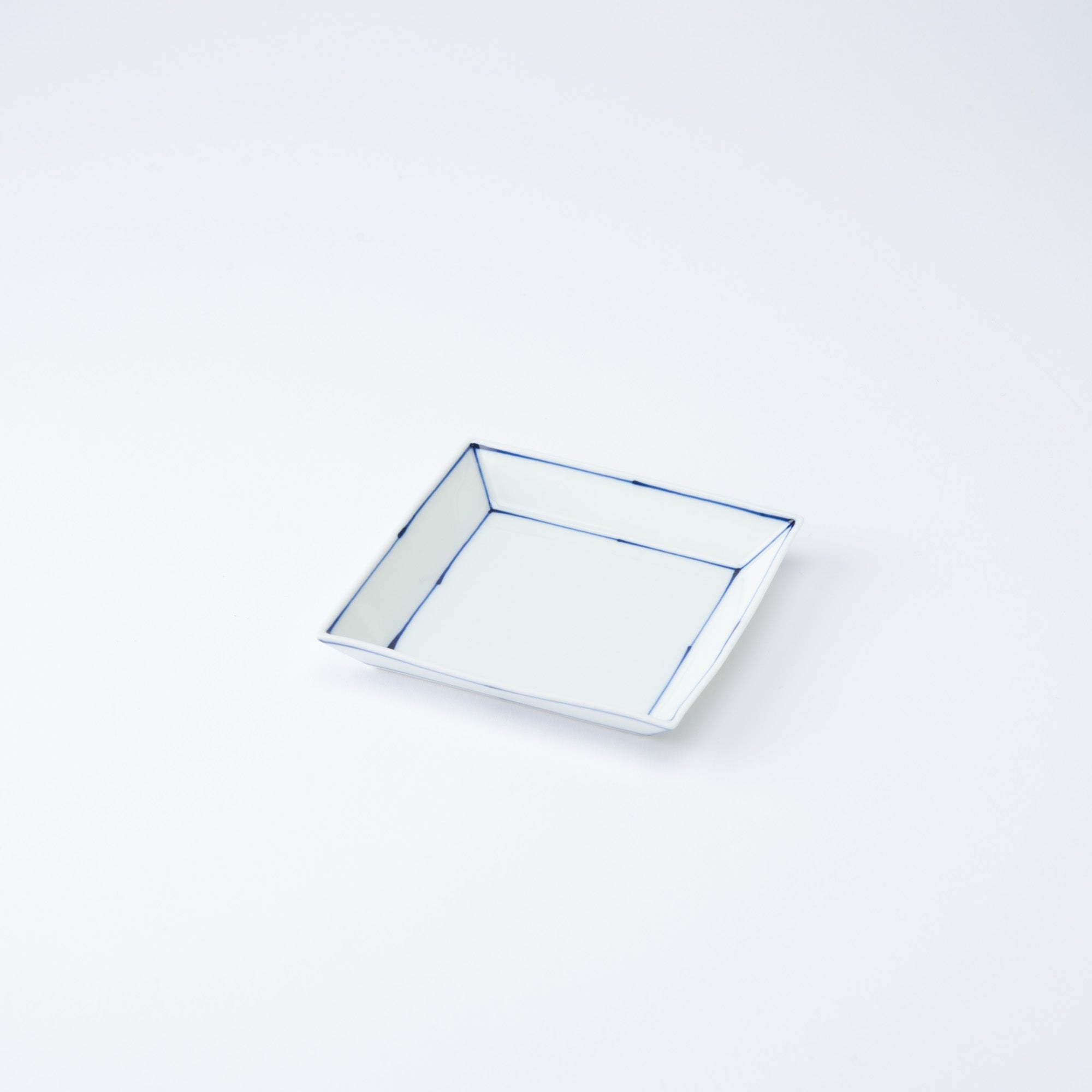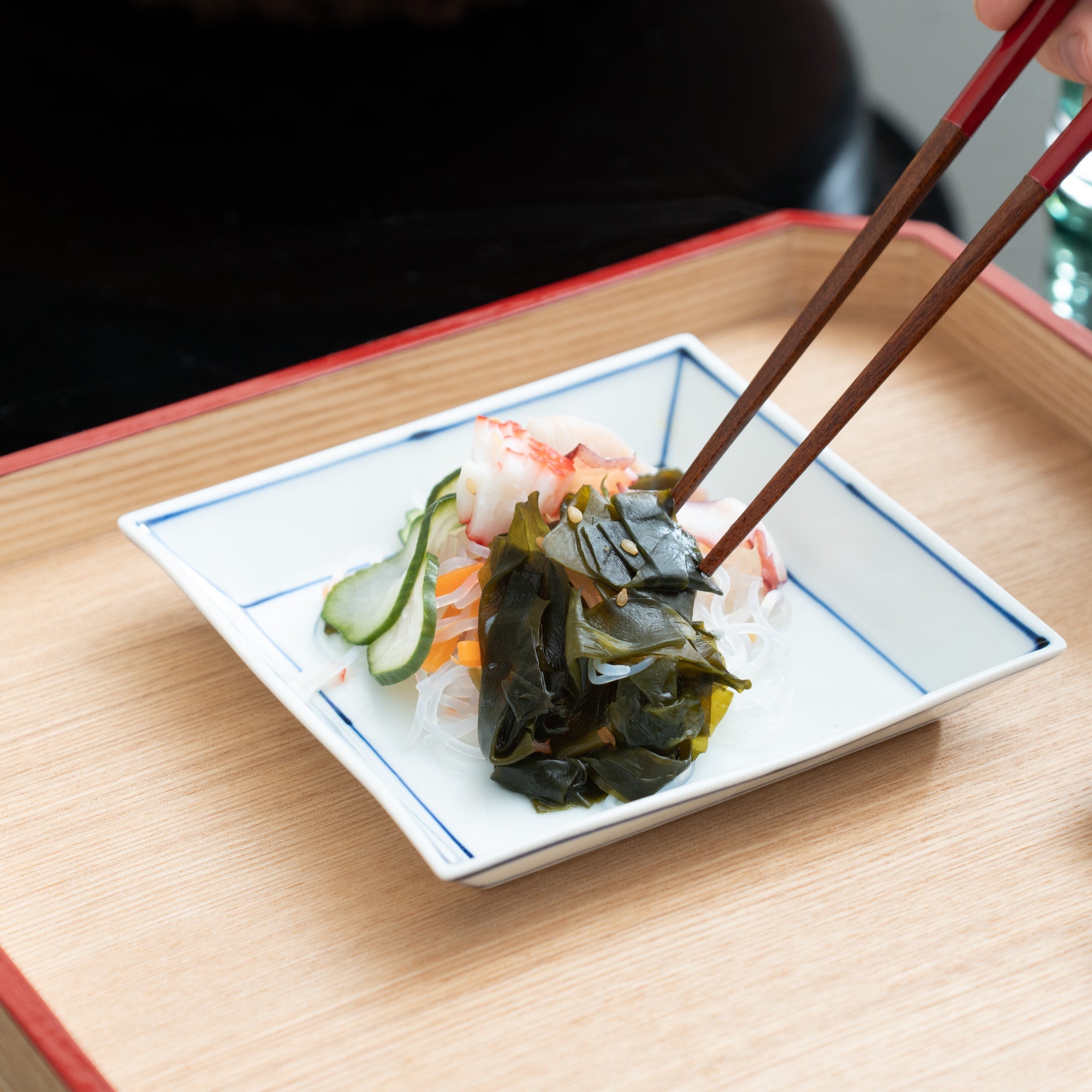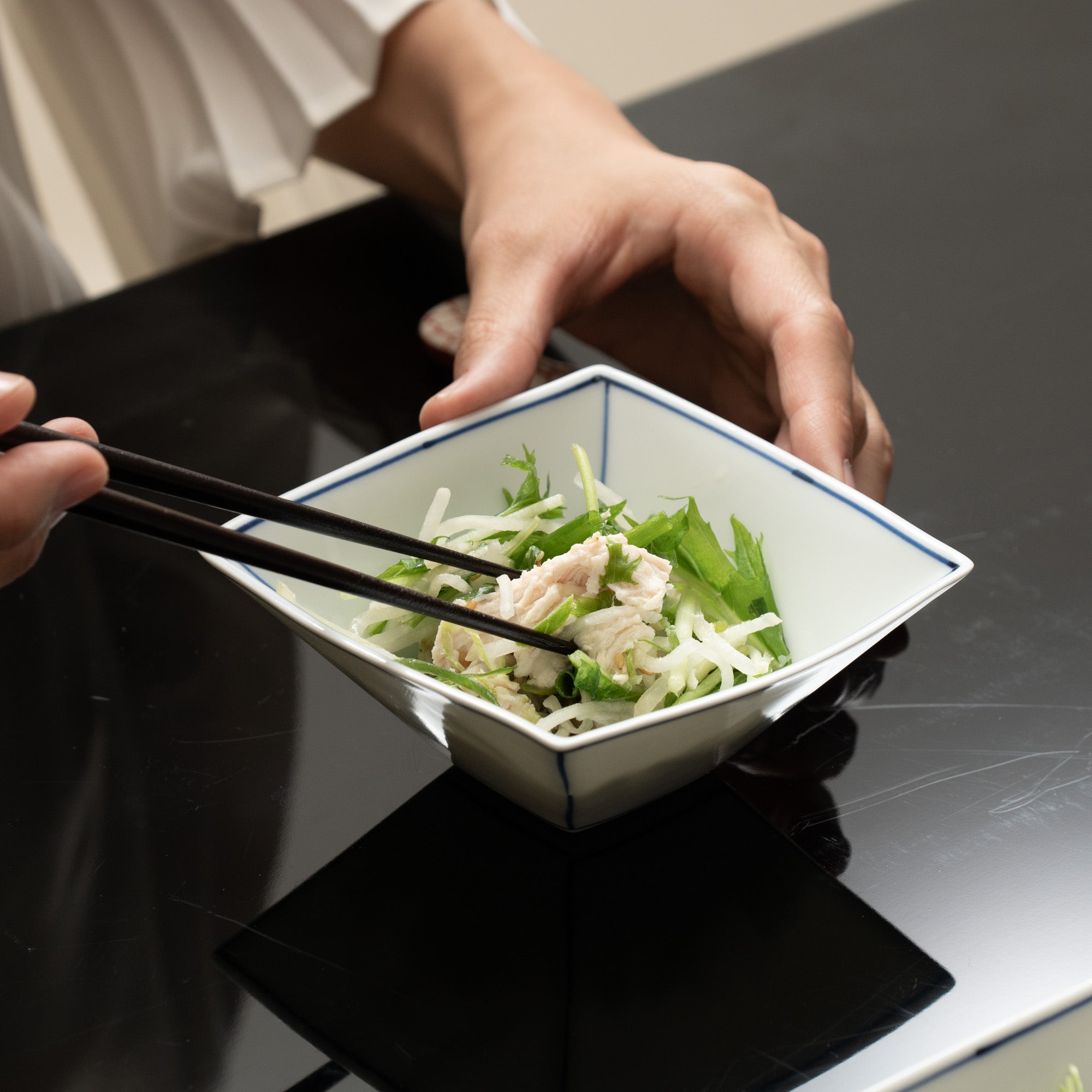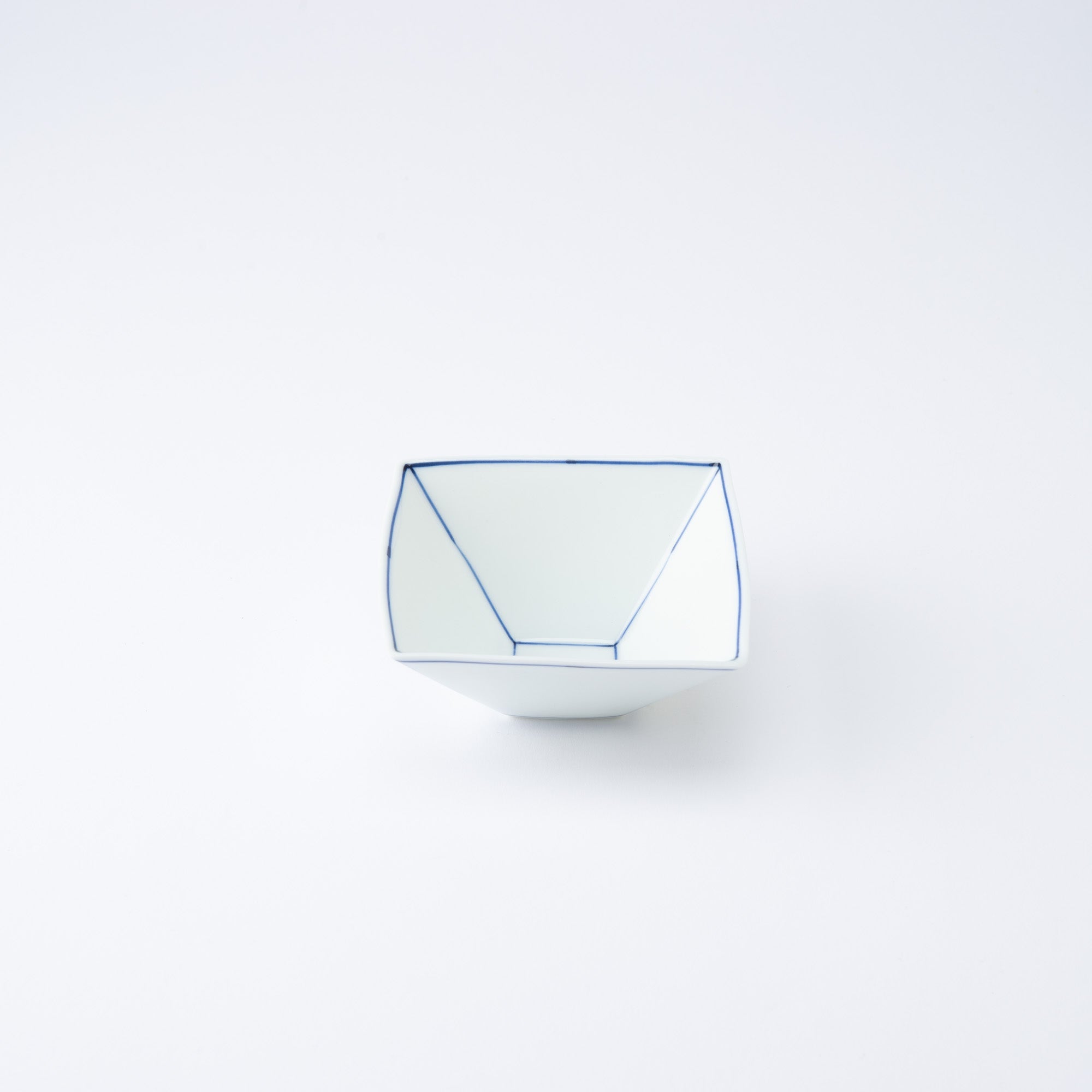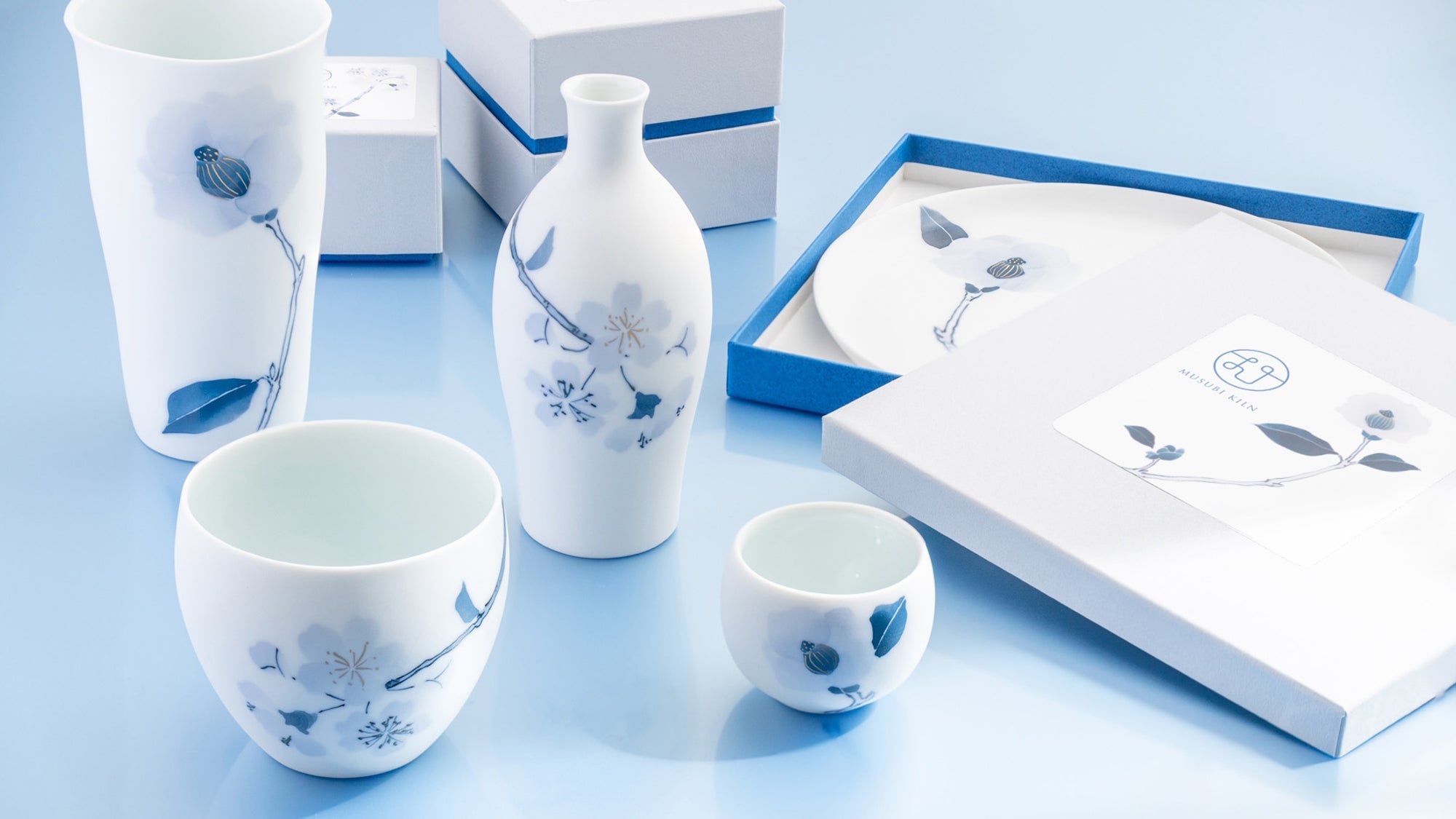
SINGAMA
Founded in 1919, SINGAMA is a family-run pottery studio in Shinano, a small town nestled in the northeastern hills of Seto City, Aichi Prefecture. Using high-quality local clay, the studio specializes in Seto sometsuke—white porcelain adorned with soft, indigo blue designs. Each piece is hand-painted and crafted to express comfort, with gentle forms and warmth that feel at home on the everyday table.
Born from the Landscapes of Satoyama
Shinano, a quiet town of pottery nestled in Mount Mikuni’s valleys, sits in the northeastern part of Seto City, surrounded by satoyama—wooded hills and fields near villages. It’s here, in the studio of SINGAMA, that a family of artisans crafts delicate Seto sometsuke. From blending clay to shaping, firing, and hand-painting seasonal motifs in blue and white, the process unfolds with deliberate calm. Guided by daily reflection and deep attention to detail, SINGAMA creates work that honors tradition while exploring new possibilities, refining expression through subtle shifts in form and color.
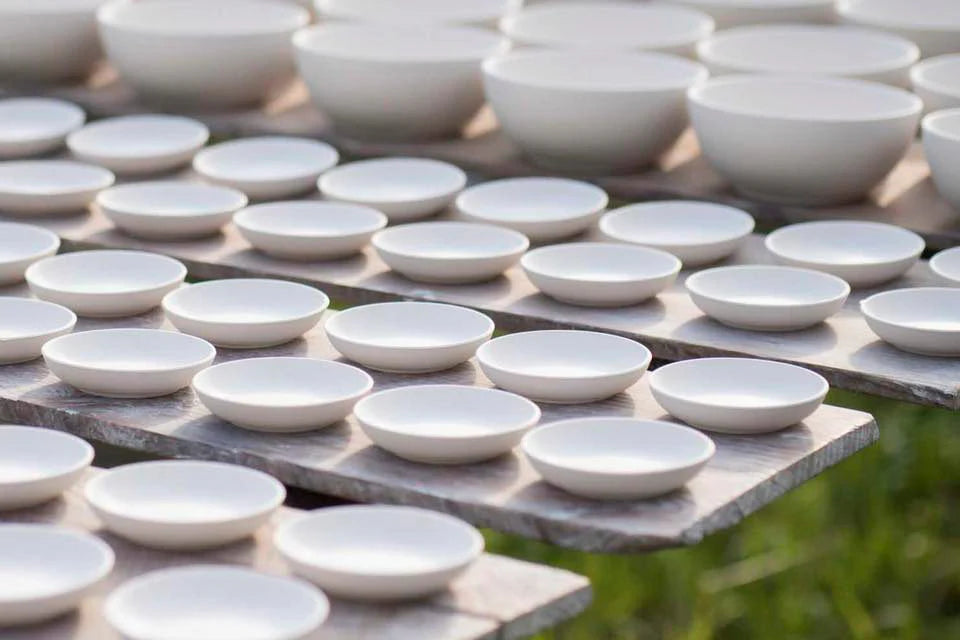
About Seto Sometsuke
SINGAMA specializes in Seto sometsuke, a tradition of blue-and-white porcelain that began in the early 19th century. As Seto moved from earthenware to porcelain, potters like Kato Tamikichi introduced techniques from the Kyushu region, leading to the first sometsuke in the area. The distinctive blue is created using gosu, a cobalt-based pigment whose tone varies subtly depending on the clay, glaze, and firing method.
To deepen the richness of the blue, SINGAMA uses a firing technique unique to Seto called nerashi, where the temperature is held high for an extended time to produce a fluid, luminous finish. Designs are painted entirely by hand using dami, a method in which gosu is poured from a thick brush to create expressive shading, much like ink painting.
In 1997, Seto sometsuke was officially recognized as a traditional Japanese craft, valued for its soft forms, painterly lines, and quiet beauty in daily life.

Fine blue lines on white porcelain—some curved like leaf veins, others drawn in clean geometric patterns—define this series. Each piece is hand-painted, with subtle variations in line and shade that reflect the artisan’s touch. Whether organic or structured, the lines feel calm yet refined, inviting a quiet appreciation of form, rhythm, and everyday beauty.
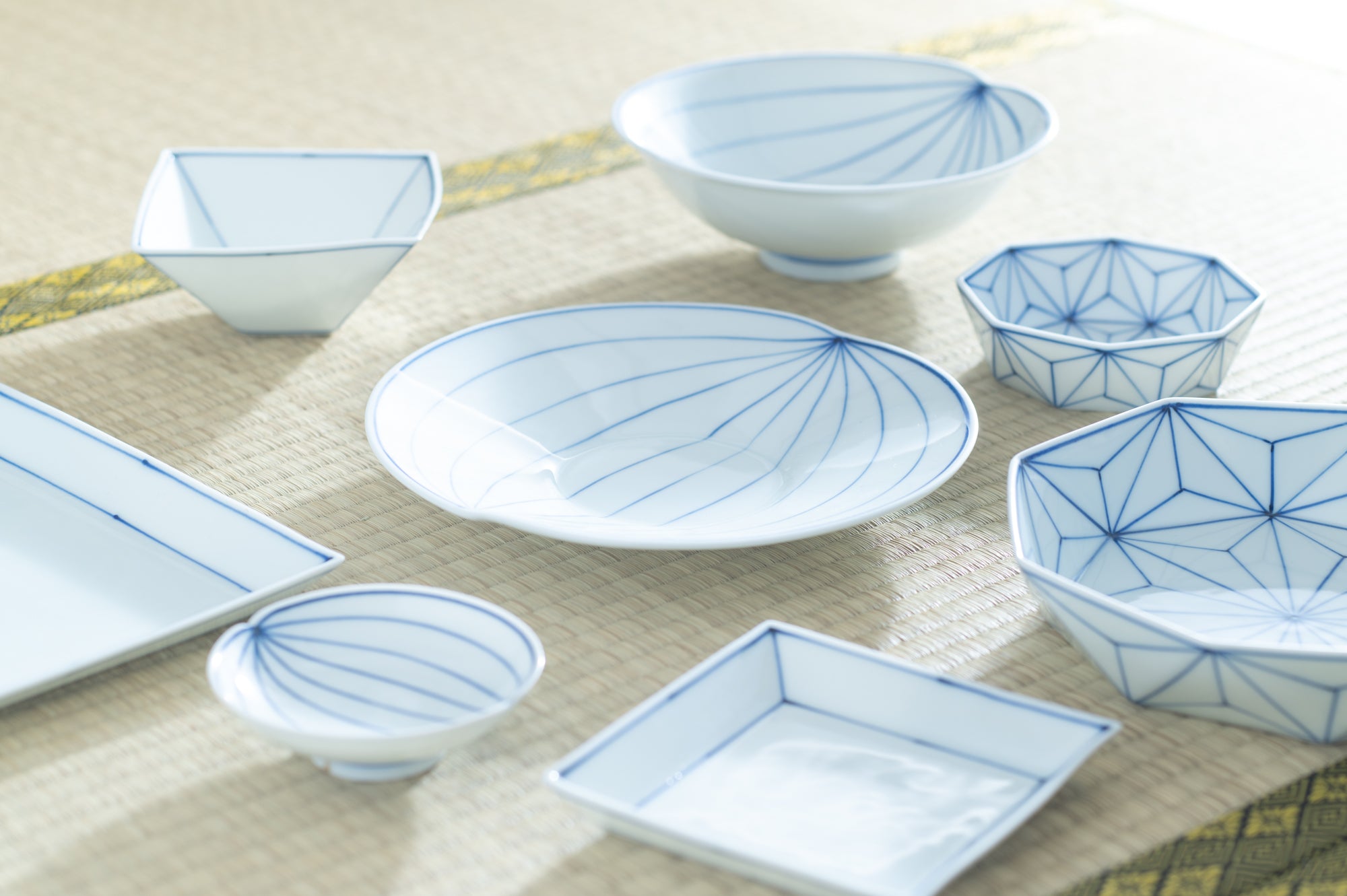
With a soft matte finish and graceful hand-painted motifs, this series brings out the delicate beauty of gosu in full bloom. The designs—ranging from subtle blossoms to flowing branches—highlight the expressive gradation of indigo, giving each piece a watercolor-like charm. Gentle in tone and refined in detail, these pieces offer a softer expression of SINGAMA’s sometsuke tradition.
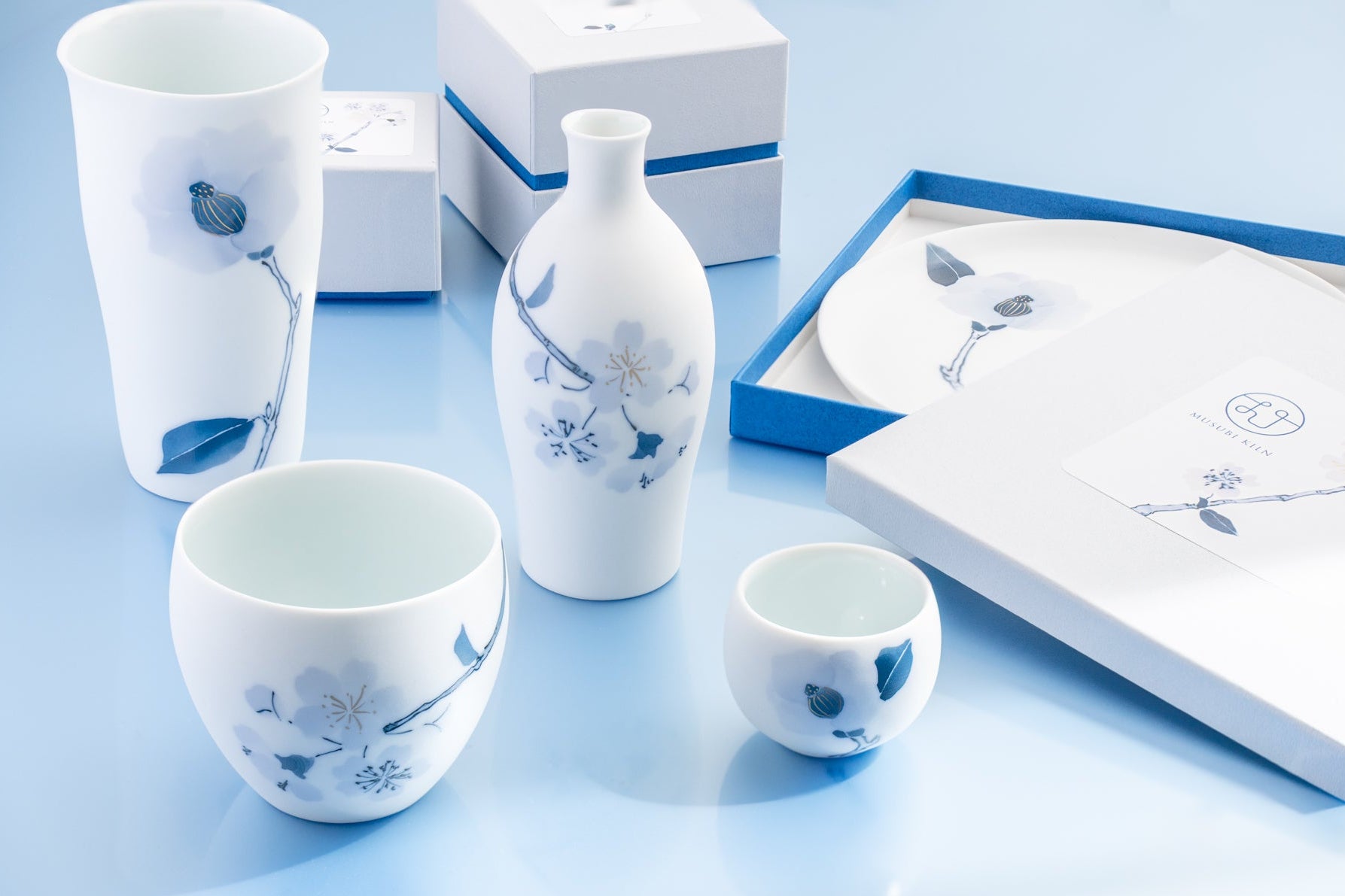
A Dance of Blue Brushwork at Japanese Kiln Singama
At SINGAMA in Seto, Aichi Prefecture, delicate indigo lines are drawn freehand—no rulers, just brush, breath, and years of practiced skill. In this video, third-generation artisan Kato Shinya shares the story behind the kiln’s name, the tools he trusts, and the quiet discipline behind every stroke. His work in Seto sometsuke, a traditional blue-and-white porcelain, is rooted in family history and shaped by the landscapes of Shinano.
From choosing the perfect brush to designing patterns that flow with the form of each piece, Kato’s process reflects a deep respect for both beauty and function. Watch as tradition and individuality come together in a craft passed down for over 100 years.
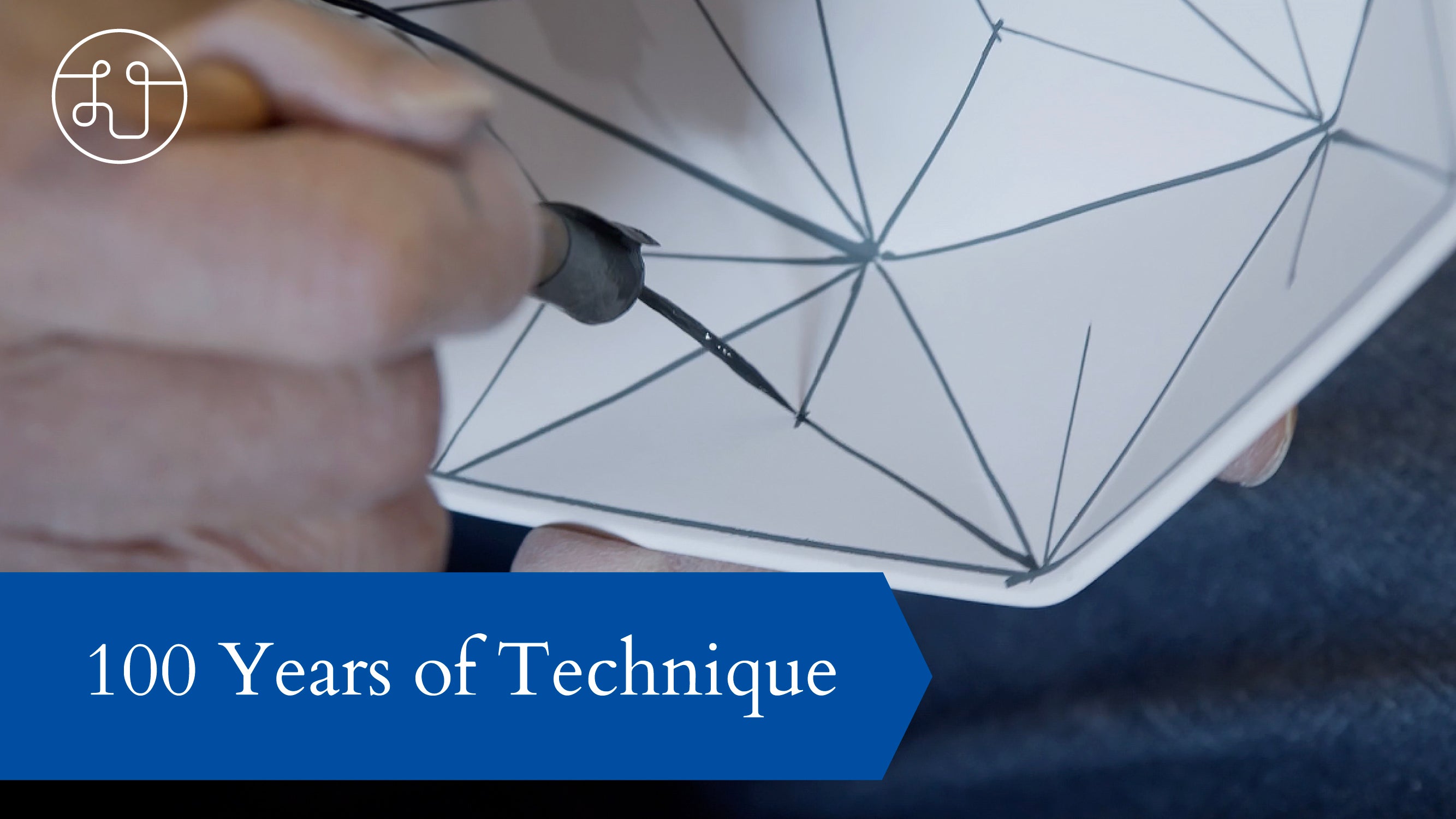
Creating Timeless Blue-and-White Japanese Pottery with Cobalt Glaze
Watch as Kato Mayuki, 4th generation master of SINGAMA, hand-paints traditional Japanese pottery in the sometsuke style using cobalt oxide. In this behind-the-scenes look, you'll see how Seto ware is carefully crafted—starting with pattern transfers, delicate brushwork, and the use of rogo brushes to outline floral motifs. Each step reflects generations of refined technique and a deep respect for material and form.
Seto City in Aichi Prefecture is the historic center of one of Japan’s Six Ancient Kilns, and is known especially for its elegant blue-and-white designs. This video captures the quiet beauty of the process, from mixing the dense cobalt glaze to guiding it across simple, timeless forms. Discover how Kato carries on her family’s legacy while creating pieces that feel both traditional and bold—perfect for everyday use and display.
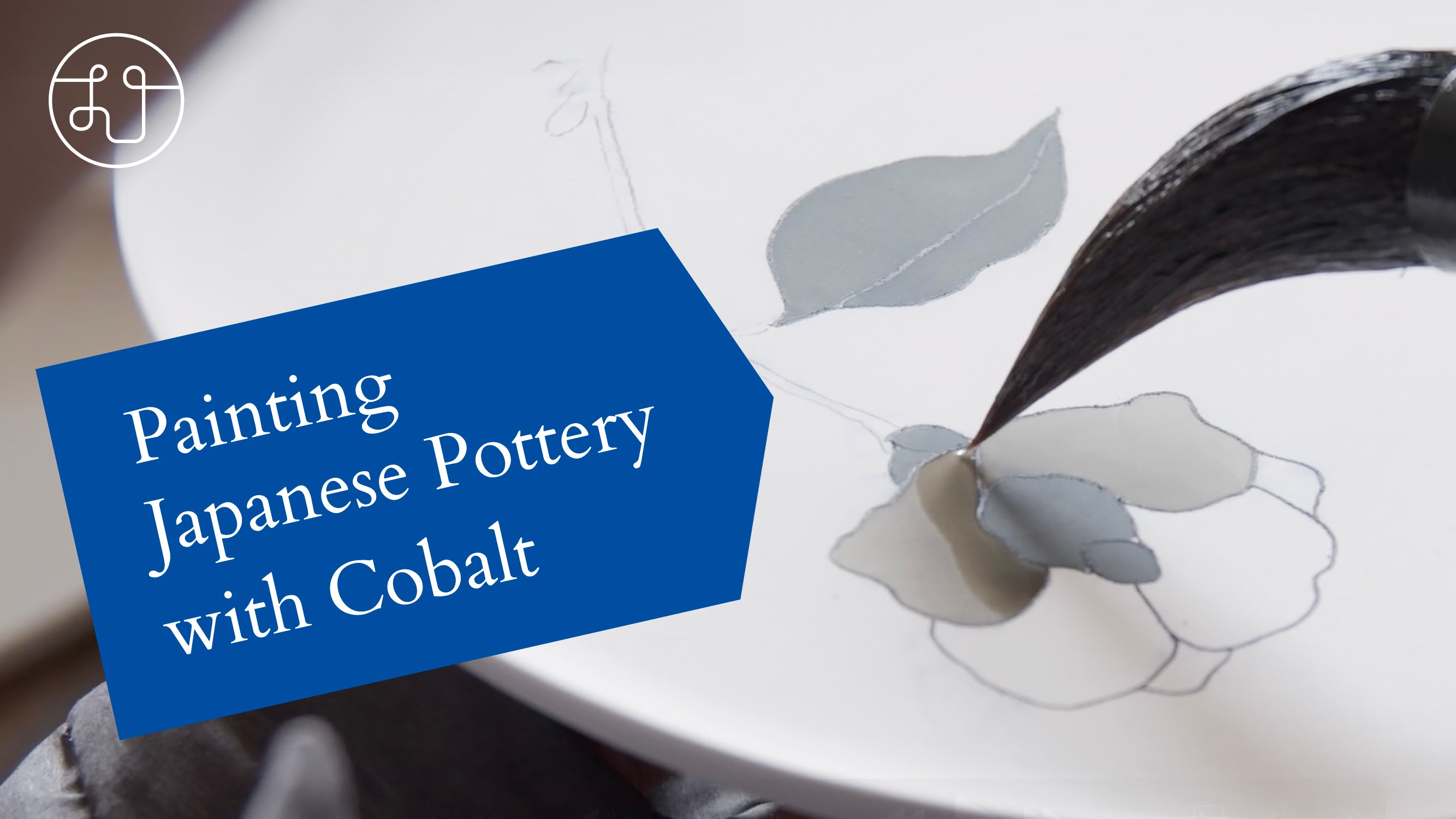
This Japanese Kiln Has Been Making Porcelain the Same Way for 100 Years
Go behind the scenes with Kato Shinya, third-generation master of SINGAMA, as he reflects on 105 years of craftsmanship in Seto sometsuke—hand-painted blue and white Japanese porcelain made in Seto, Aichi Prefecture. From memories of loading kilns with bowls as a child to using brushes invented by his grandfather, Kato shares how his family has continued and evolved this traditional Japanese craft.
Known for their soft indigo lines and delicate white space, SINGAMA’s porcelain pieces are shaped by both history and quiet innovation. Watch to discover how Seto clay, gosu pigment, and generations of care come together in each handmade bowl.

Origin & Other Makers
Related posts
Filters


